 Abraham Lincoln
If given the truth, the people can be depended upon to meet any national crisis...
Abraham Lincoln
If given the truth, the people can be depended upon to meet any national crisis...
 Guildford news...
for Guildford people, brought to you by Guildford reporters - Guildford's own news service
Guildford news...
for Guildford people, brought to you by Guildford reporters - Guildford's own news service
Birdwatcher’s Diary No.327
Published on: 17 May, 2025
Updated on: 18 May, 2025
By Malcolm Fincham
Having experienced temperatures close to 30 Celsius in our local Surrey countryside on May 1, the warm weather rapidly receded in the days that followed as a north-easterly flow being pulled around the recent high pressure as it retrogressed to the west of the UK.
If these conditions were to have occurred during winter months it would certainly have brought severely cold conditions to the British Isles.
However, with the fortune of longer hours of sunlight at this time of the year daytime temperatures of 12 Celsius were the minimum recorded in southern counties on bank holiday Monday, May 5 with warmth slowly increasing during the days that followed, but with nighttime frosts still a threat to more rural parts.
All in all, it remained mostly dry for the first weeks of the month.
With so much in nature emerging during the first weeks of May and summer visiting birds still arriving, it was an impossible task for me to keep up with all that was being reported.
A few locally breeding swifts had arrived back from their winter homes in Africa. They could be regularly seen in the skies over Stoughton by the first week of May, with three or four screaming as they flew over the garden at a least expected moment.
At Britten’s Pond a few common terns regularly visited to fish during the first weeks of the month.
And the regular sightings of sandpipers stopping off on their passage through Surrey continued. This giving me the opportunity to photograph one feeding around the islands at the pond on May 2.
At Tice’s meadow, near Tongham on May 10, a wood sandpiper, too distant to photo, gave reasonable views through a ‘scope’ along with two common sandpiper and a green sandpiper.
In the company of Bob and Dougal, on May 3, I revisited Clandon Wood Burial Ground as well as Sheepleas, in East Horsley.
At these locations I was able to get a few more photos of several green hairstreak butterflies.
As well as a holly blue butterfly.
Also adding to this year’s photos were dingy skipper butterflies.
Common blue butterflies.
And a healthy number of brown argus butterfly compared to the amount seen last year.
A few mother Shipton moths could also be found.
While courting brimstone butterflies continued perform their flying rituals.
Ending the day with assisting a Roman snail by relocating it from a well trodden path it was crossing and placing it into some nearby undergrowth.
A revisit to Elstead Common on May 4, gave me my first opportunity this year to photograph (although only distantly) a cuckoo, this one having already been heard at various locations in recent weeks.
A few tree pipits could still be seen in song.
Even managing to photo one as it parachuted down and landed in the top of a pine tree.
Most of my visits during the first weeks of the month were to my local heathland at Whitmoor Common in the hope of finding some of the secrets it might give up at this time of year.
Several common whitethroats could be heard singing during my walk.
And even a willow warbler could be heard singing from within a clump of silver birch saplings during most of my visits.
A busy pair of blue tits could be observed, regularly returning to a hole in a tree with food for their young.
And pair of stonechats had already produced a brace of fledglings.
While several rather showy, as well as numerous other, singing Dartford warblers could be heard about the heathland.
Although less constant and repetitive than earlier in the year, a few chiffchaffs had begun to call again.
I also had my first of what has been at least one annual sighting of a hobby there in recent years.
While the more regularly sighting of a kestrel could also be seen hunting over the heathland.
And a small group of resident linnets continued to be present.
Common buzzards also made daily visits.
About the woodland areas great spotted woodpeckers could be occasionally seen and heard.
As well as green woodpeckers.
And during one visit a roe deer ran though the under-story of woodland filtered by sunlight.
While on a walk about the old horse paddocks adjacent to the common, a buck roe deer could also be viewed.
Among the wild daisies and other small flowering plants now growing, brown argus butterflies could be found.
Also counting numerous common blue butterflies on the wing.
And adding small copper butterflies to my year’s sightings.
Also on one of the daisy-heads, photographing what I believe to be a common crab spider.
Across the field a fox could be viewed skulking through the meadow.
During the first days of the month as dusk fell the first sounds this year of at least two male churring nightjars could be heard across the heathland.
These having also arrived back from Africa for their summer stay on our Surrey heaths.
Although visible as they adapted to twilight vision, the best I could get out of my camera were a few silhouetted shots.
Finally, adding to my silhouetted shots, at least two woodcocks that could be viewed roding overhead.
High pressure continued to dominate the UK as we moved into the second week of May with daytime temperatures rising back into the low to mid 20s Celsius.
A visit to the Riverside Nature Reserve, near Burpham on May 8 saw the family of great crested grebes (mentioned in my previous post) had now left their nest site and could be viewed on the water tucked away below the overhanging trees. So far sensibly avoiding having their fledglings predated by the large number of gulls that still visited the lake.
Their nest site had already been reoccupied, now by a pair of coots that were refurbishing and refurnishing it in their own preferred style.
By the lakeside I noted my first sighting of a Burnet moth this year.
And a surprise sighting of a pair of hairy dragonflies already mating.
At least three reed warblers could now be heard singing from the reed beds during my walk around the lake, but seeing them for long enough to photo was a tougher challenge.
A few green-veined white butterflies could still be seen on the wing about the meadows with one pair also mating.
Also out in the meadow the pair of stonechats seen there earlier in the year had already produced several fledglings.
Common whitethroats could regularly be heard in song. Some occasionally flying up from their perches in the brambles, fly catching.
The sedge warblers had now settled in for the summer and had become less frequent in song.
While just across the river, a song thrush could be seen collecting food to feed its young.
On the flooded scrape, now rapidly lessening in its water content due to the lack of rain, a little egret continued to be seen grazing.
Along the towpath of the River Wey several species of damselflies were now starting to emerge. These including a few beautiful demoiselles.
As well as banded demoiselles.
On May 10, the arrival of spotted flycatchers were being reported at various locations around Surrey. These birds have sadly greatly declined locally since my youth and are now on the UK Red list in conservation status.
With fewer reliable places to view them, and the secrecy of possible breeding areas mostly kept undisclosed, once again in the company of Bob and Dougal we were still able to locate one that had just arrived and could heard in song.
The following day we ventured out to Denbies Hillside on Ranmore Common, near Dorking. This in hope of adding another species to our year’s sightings. On this occasion it was a butterfly species.
A first brood of Adonis blues had recently begun to emerge and we were able to count in excess of 30, mostly males, on our transect across the hillside.
Some of whom had already begun to pair up.
At Pewley Down on May 13 I was also able to add small blue butterflies to this year’s sightings, counting at least a dozen or so along its southern slopes.
Responses to Birdwatcher’s Diary No.327
Leave a Comment Cancel reply
Please see our comments policy. All comments are moderated and may take time to appear. Full names, or at least initial and surname, must be given.Recent Articles
- Bramley Using Asda Compensation Money to Help Recover from a ‘Tough Couple of Years’
- Floodlit Sports Pitch for Village School Approved
- Caravan Encampment Arrives At Stoke Park – Police ‘Monitoring The Situation’
- Letter: Surely There Are More Suitable Areas to Develop
- Letter: Even Good Art Can’t Make a Silk Purse…
- Dragon Review: Death Comes to Pemberley – Yvonne Arnaud Theatre
- More Surrey Farmland Proposed for a Housing Development
- ‘Rolls Royce’ of a Building Saved
- Notice: The Therapy Garden’s Children’s Summer Holiday Club, August 21 and 22
- Three Injured in Collision



Recent Comments
- GBC Spokesperson on New Mural Covers Up Graffiti at Walnut Bridge
- Tom Saunders on New Mural Covers Up Graffiti at Walnut Bridge
- Jim Allen on New Mural Covers Up Graffiti at Walnut Bridge
- Roland Dunster on New Mural Covers Up Graffiti at Walnut Bridge
- Sara Tokunaga on New Mural Covers Up Graffiti at Walnut Bridge
- Roger Kendall on New Mural Covers Up Graffiti at Walnut Bridge
Search in Site
Media Gallery
Dragon Interview: Local Artist Leaves Her Mark At One of England’s Most Historic Buildings
January 21, 2023 / No Comment / Read MoreDragon Interview: Lib Dem Planning Chair: ‘Current Policy Doesn’t Work for Local People’
January 19, 2023 / No Comment / Read MoreA3 Tunnel in Guildford ‘Necessary’ for New Homes, Says Guildford’s MP
January 10, 2023 / No Comment / Read More‘Madness’ for London Road Scheme to Go Ahead Against ‘Huge Opposition’, Says SCC Leader
January 6, 2023 / No Comment / Read MoreCouncillor’s Son Starts Campaign for More Consultation on North Street Plan
December 30, 2022 / No Comment / Read MoreCounty Council Climbs Down Over London Road Works – Further ‘Engagement’ Period Announced
December 14, 2022 / No Comment / Read MoreDragon Interview: GBC Reaction to the Government’s Expected Decision to Relax Housing Targets
December 7, 2022 / No Comment / Read MoreHow Can Our Town Centre Businesses Recover? Watch the Shop Front Debate
May 18, 2020 / No Comment / Read More




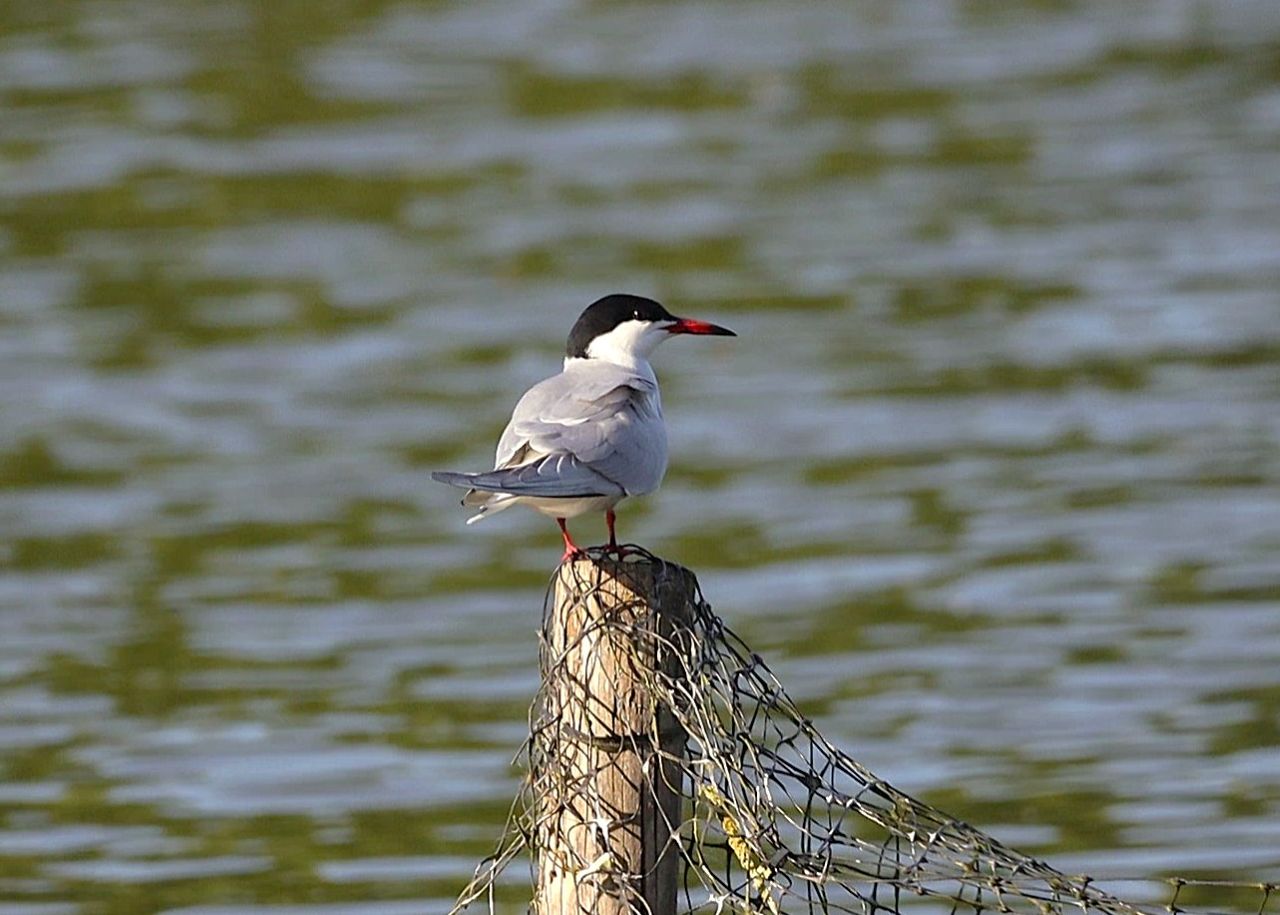
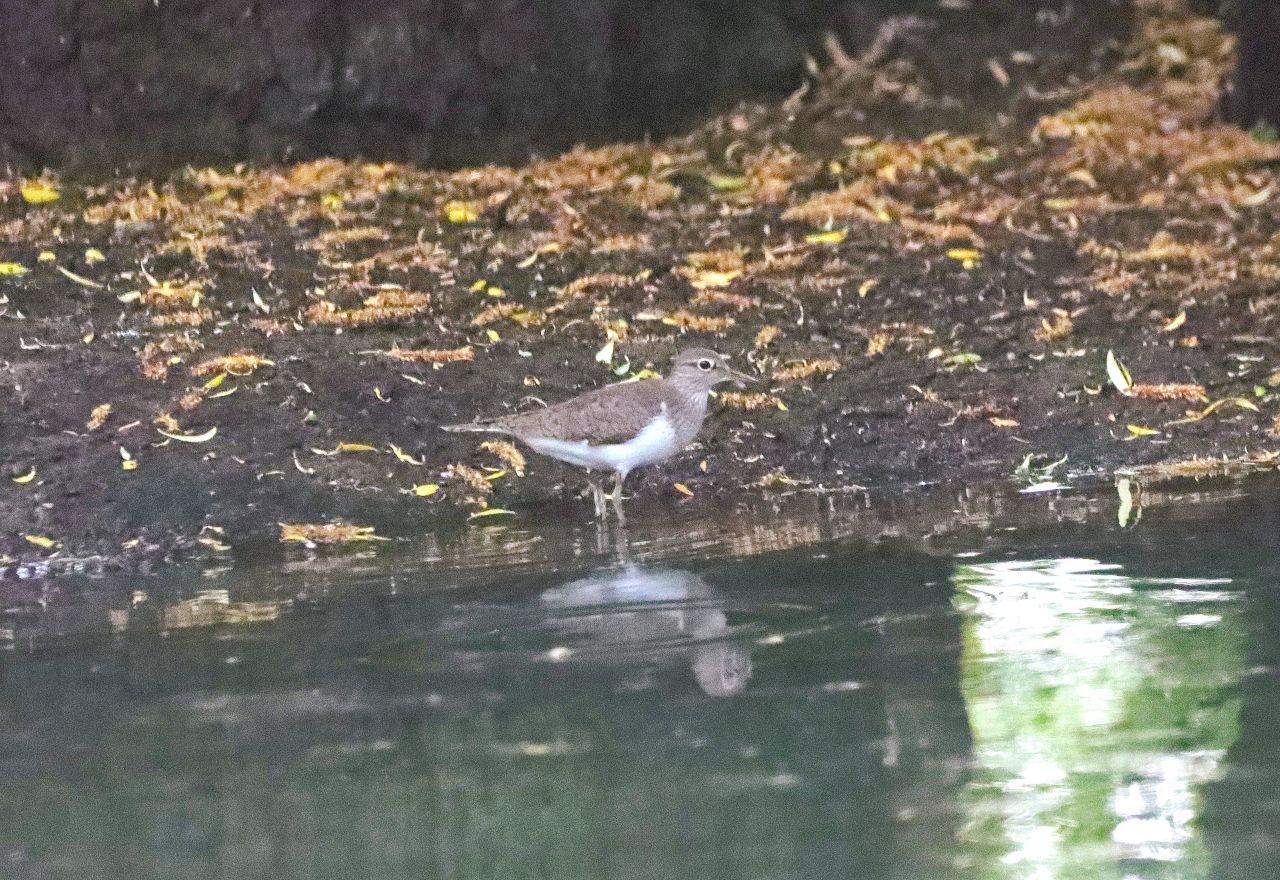
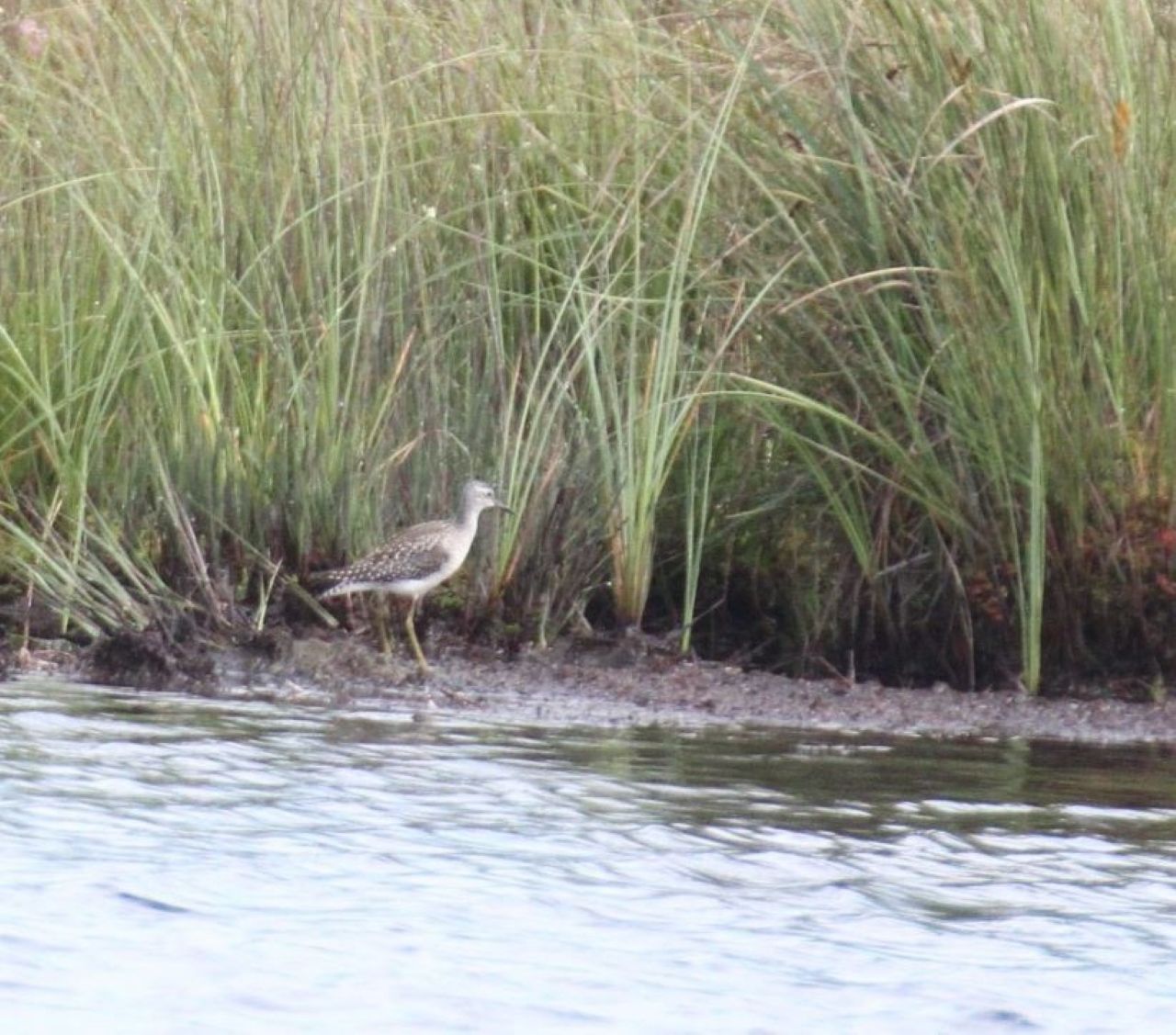
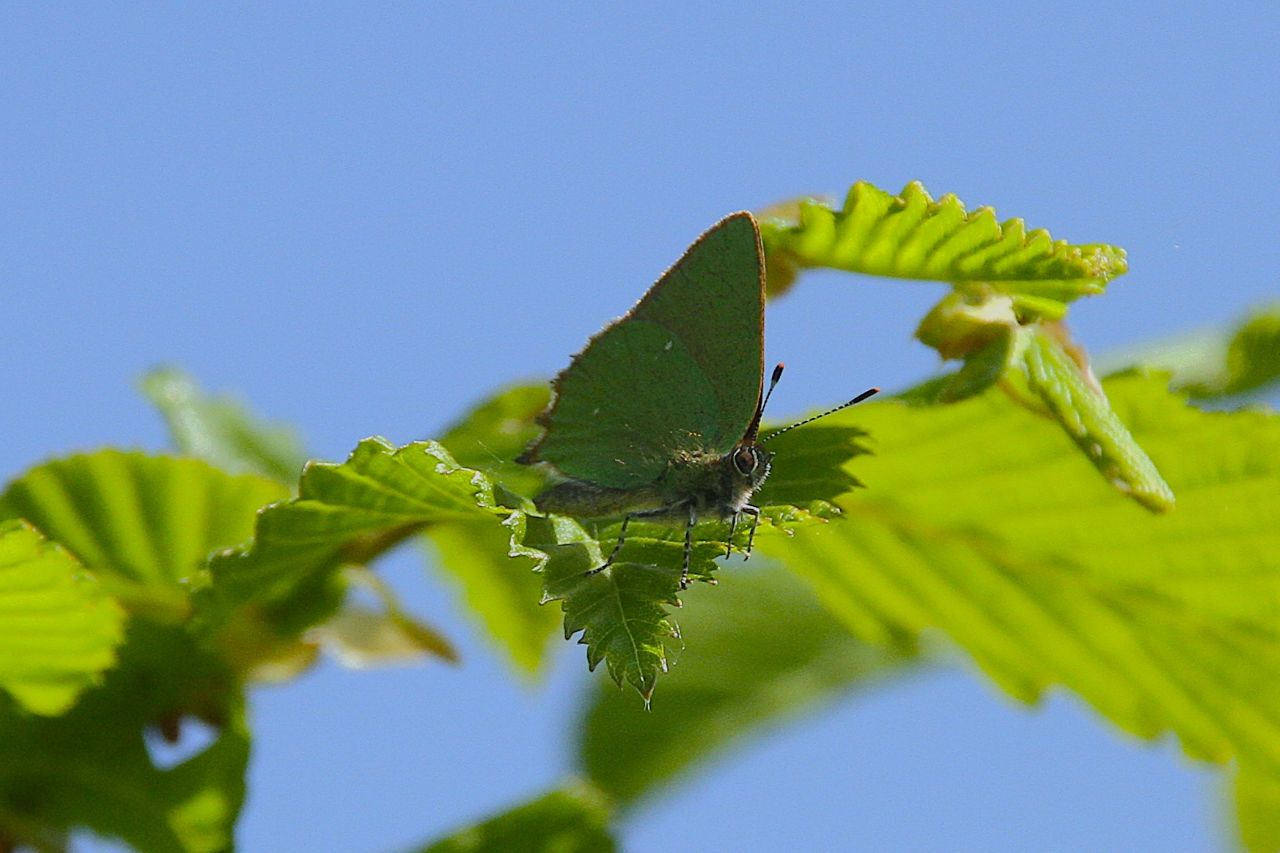
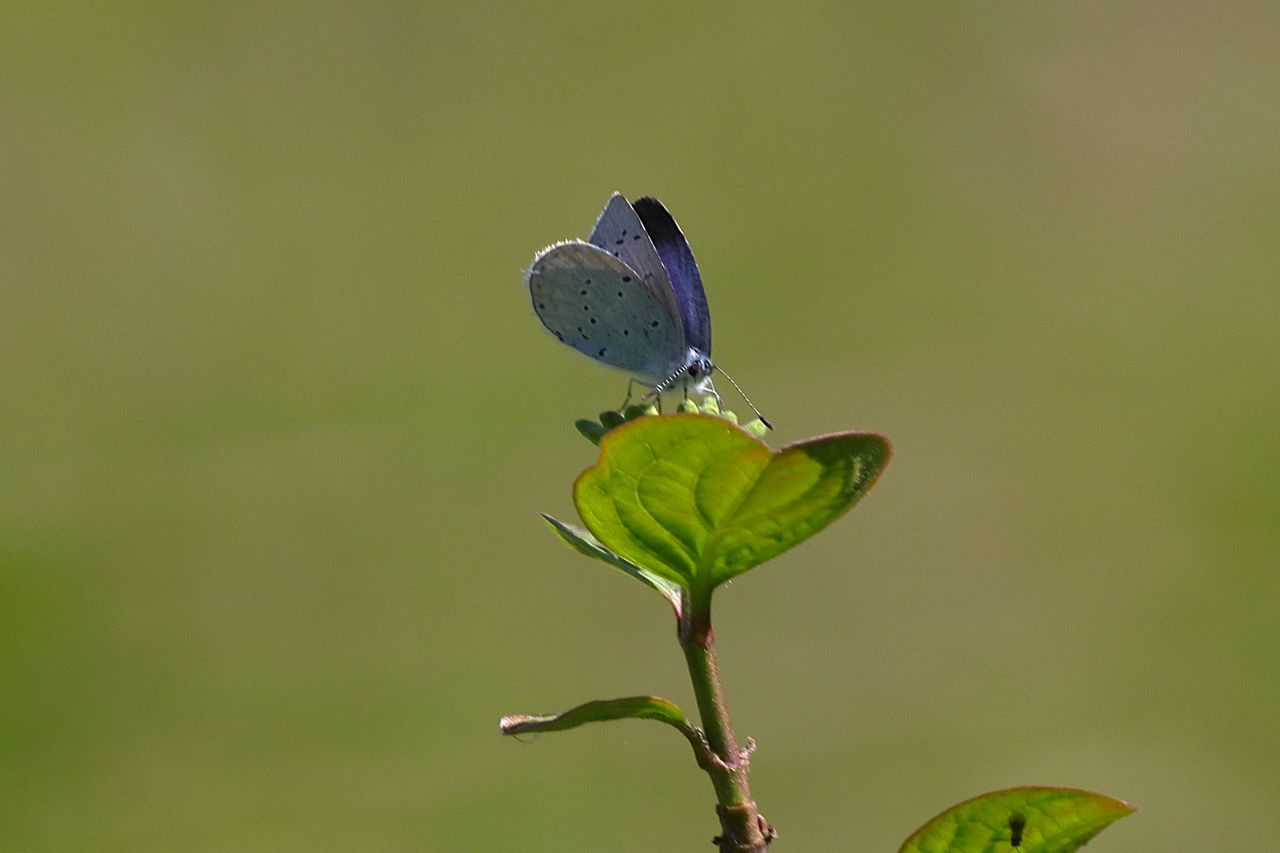
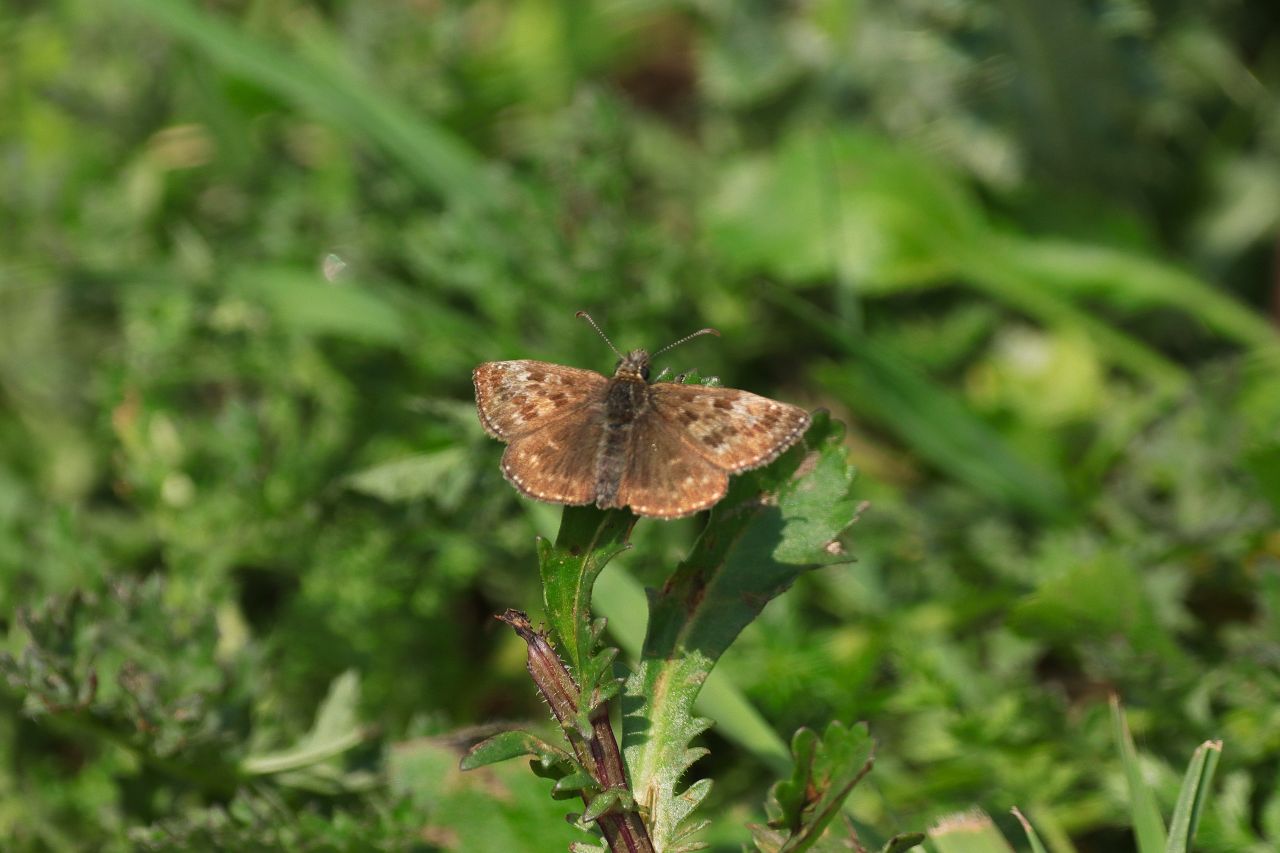

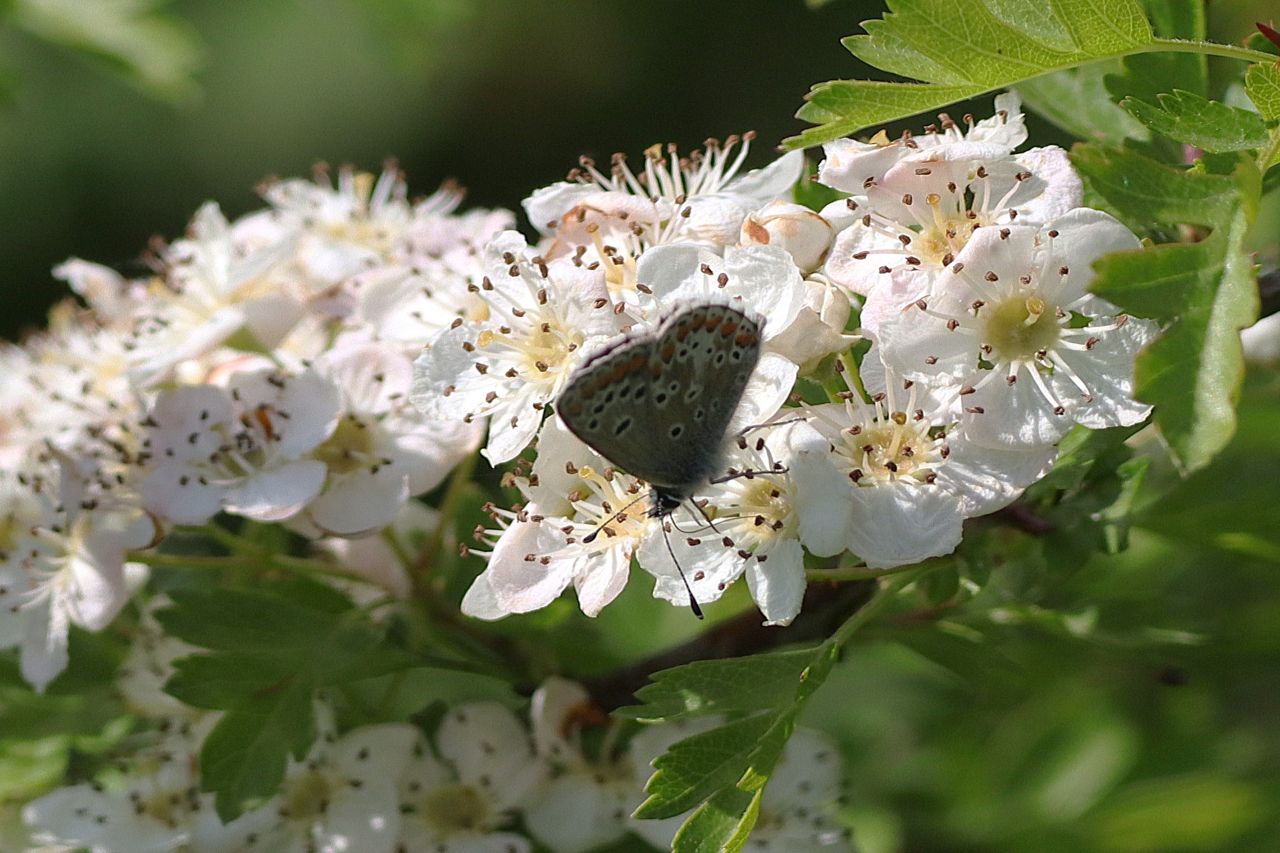

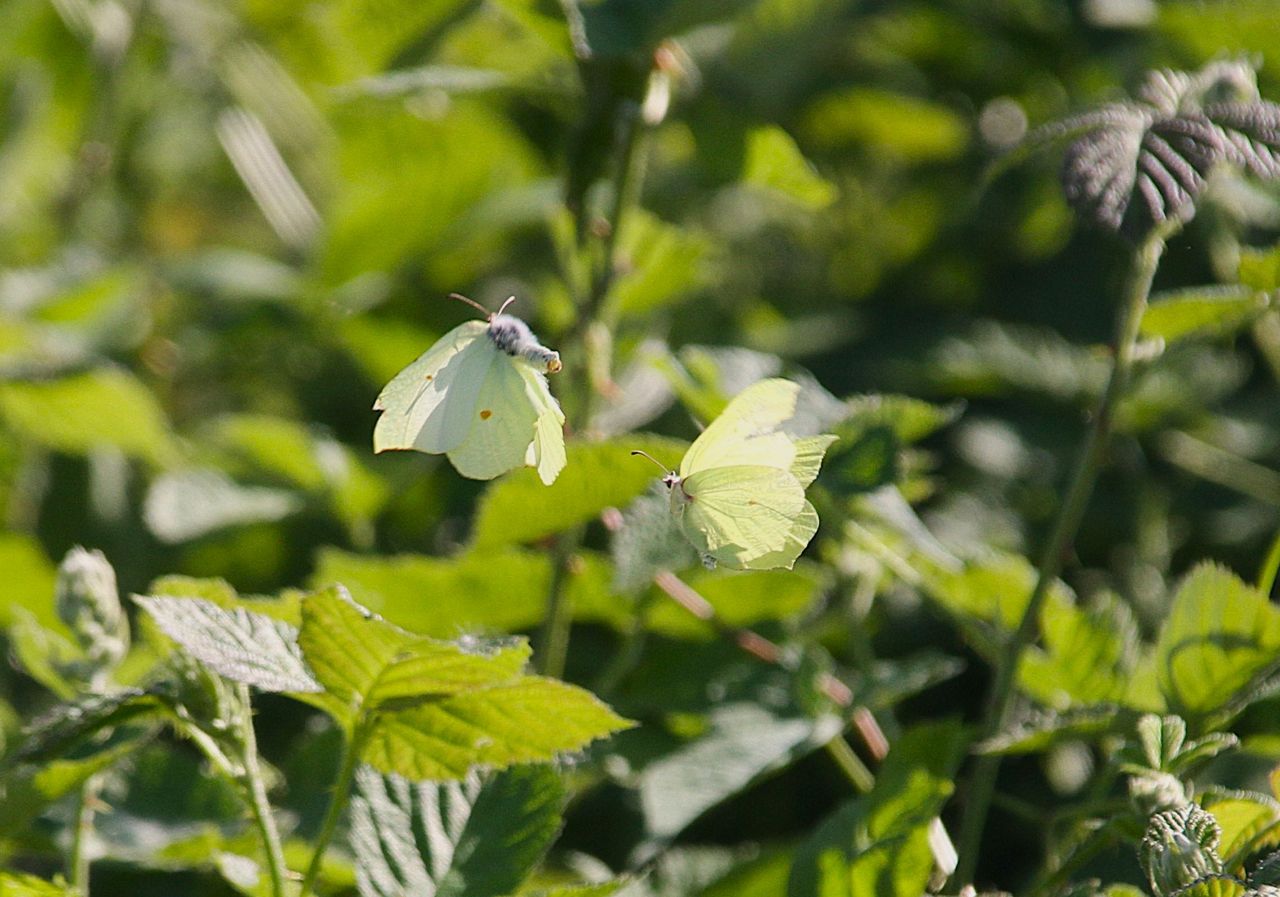
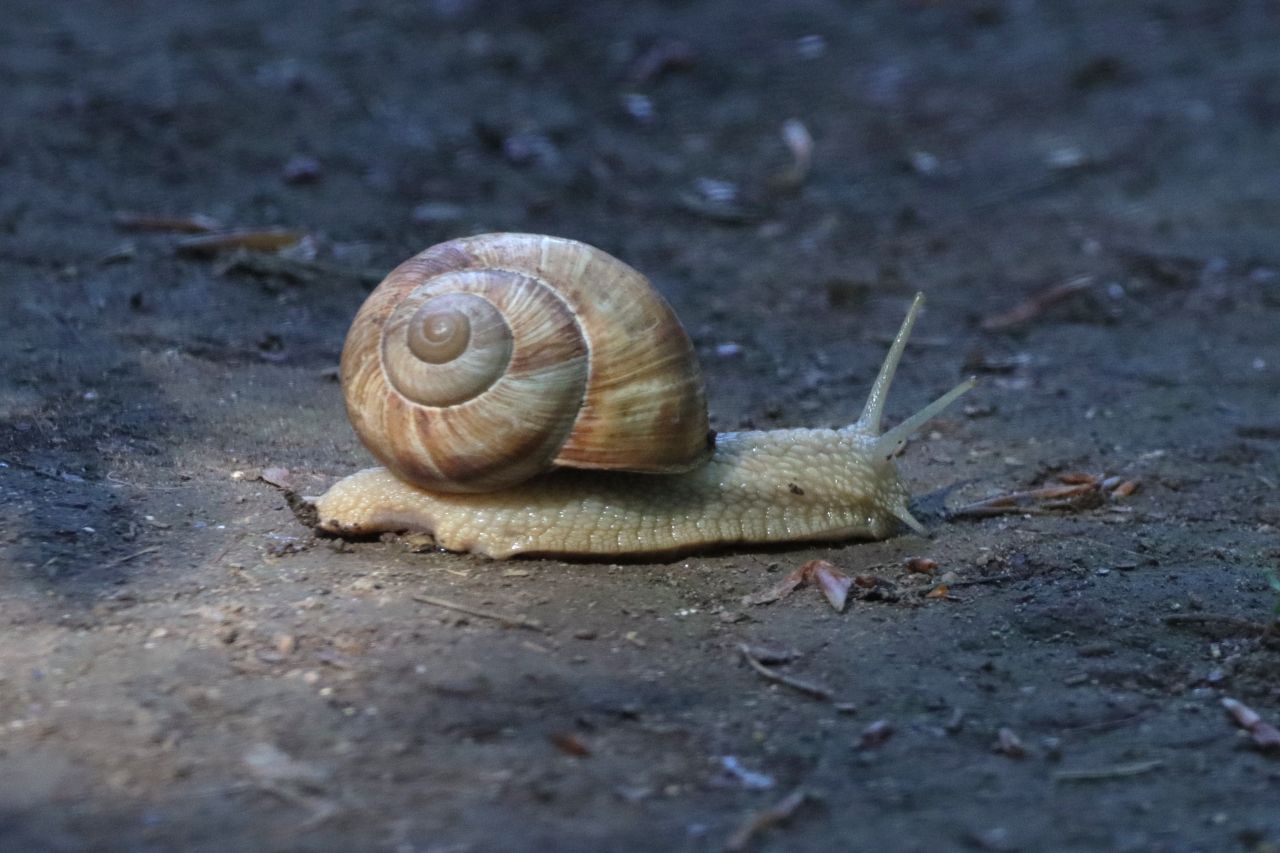
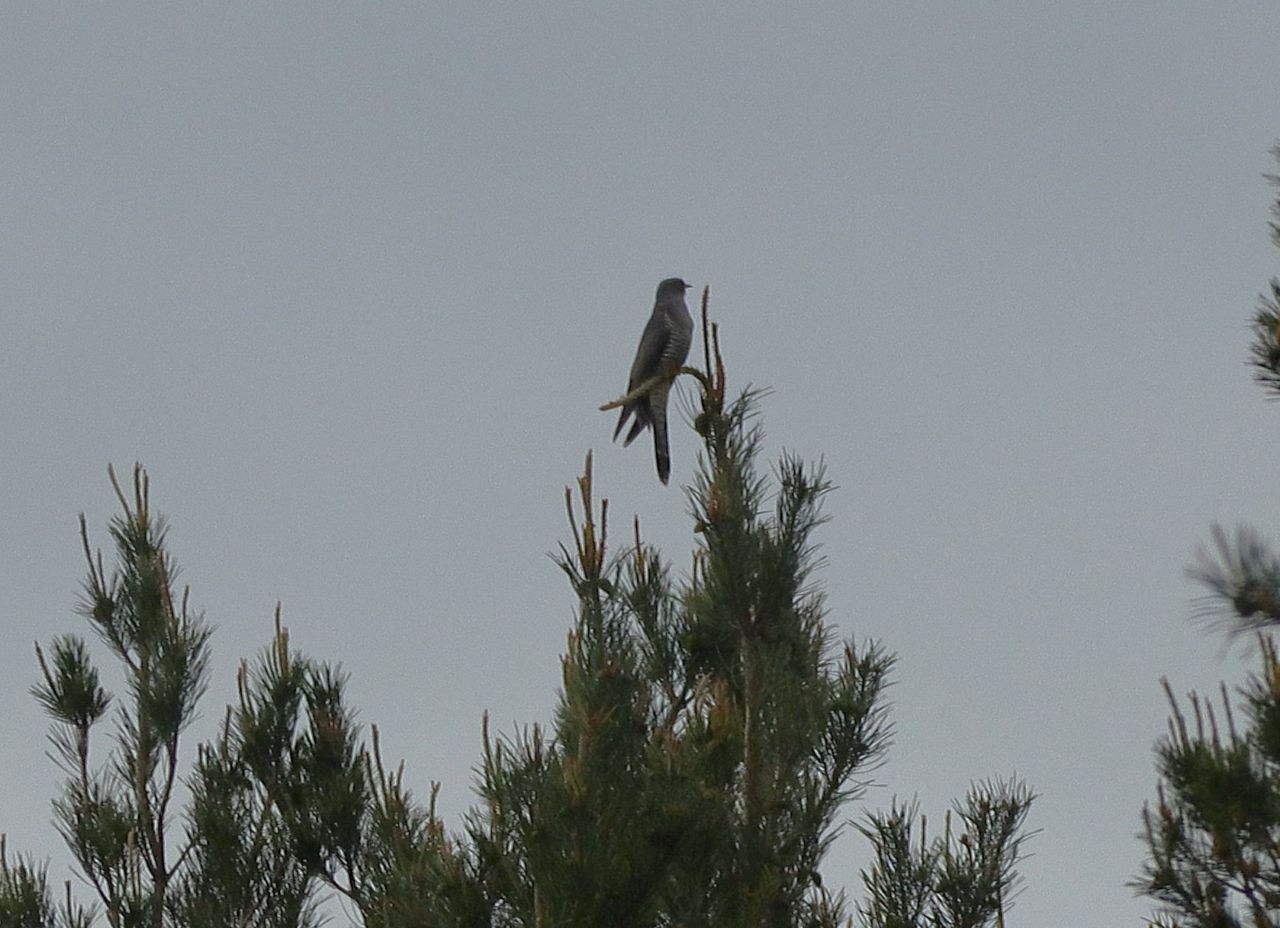

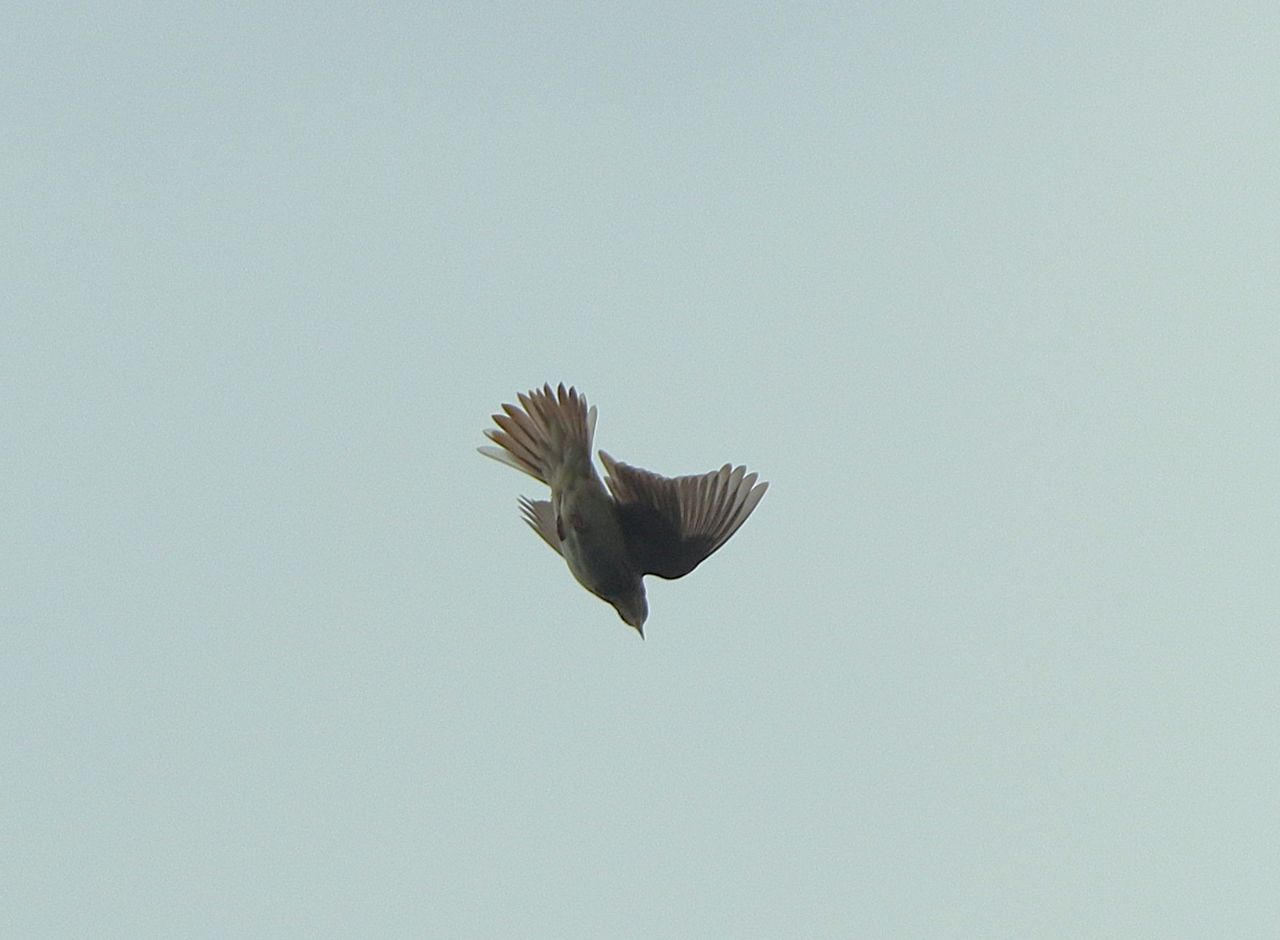
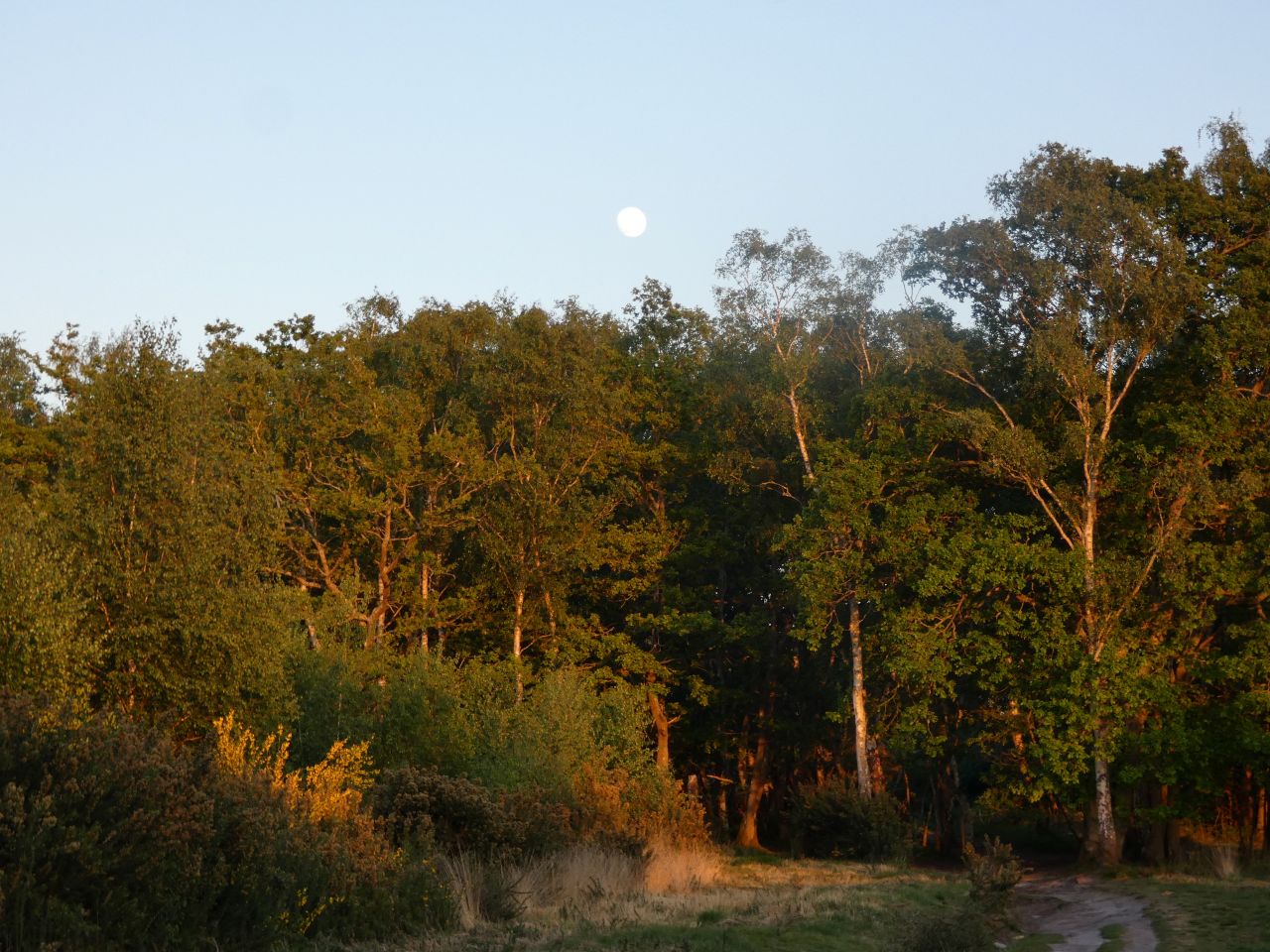

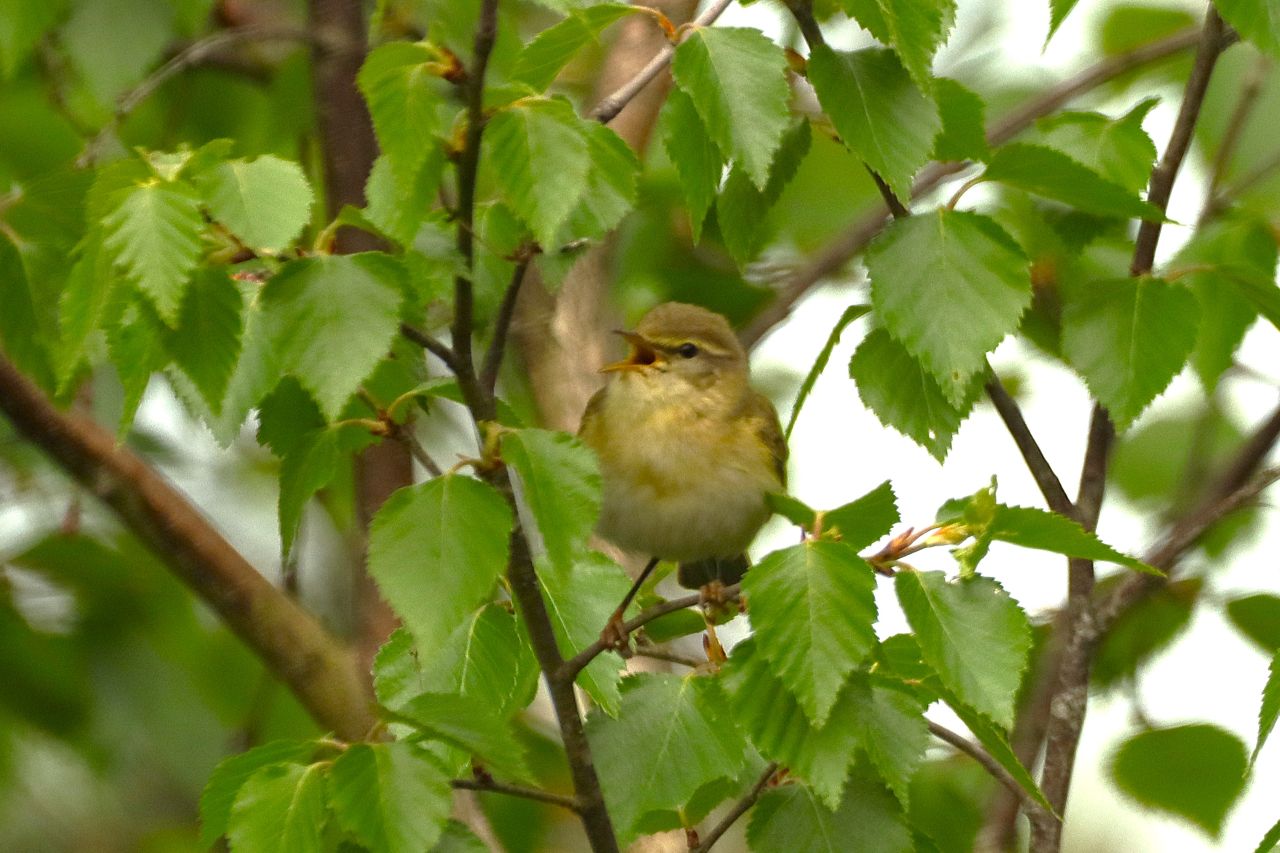
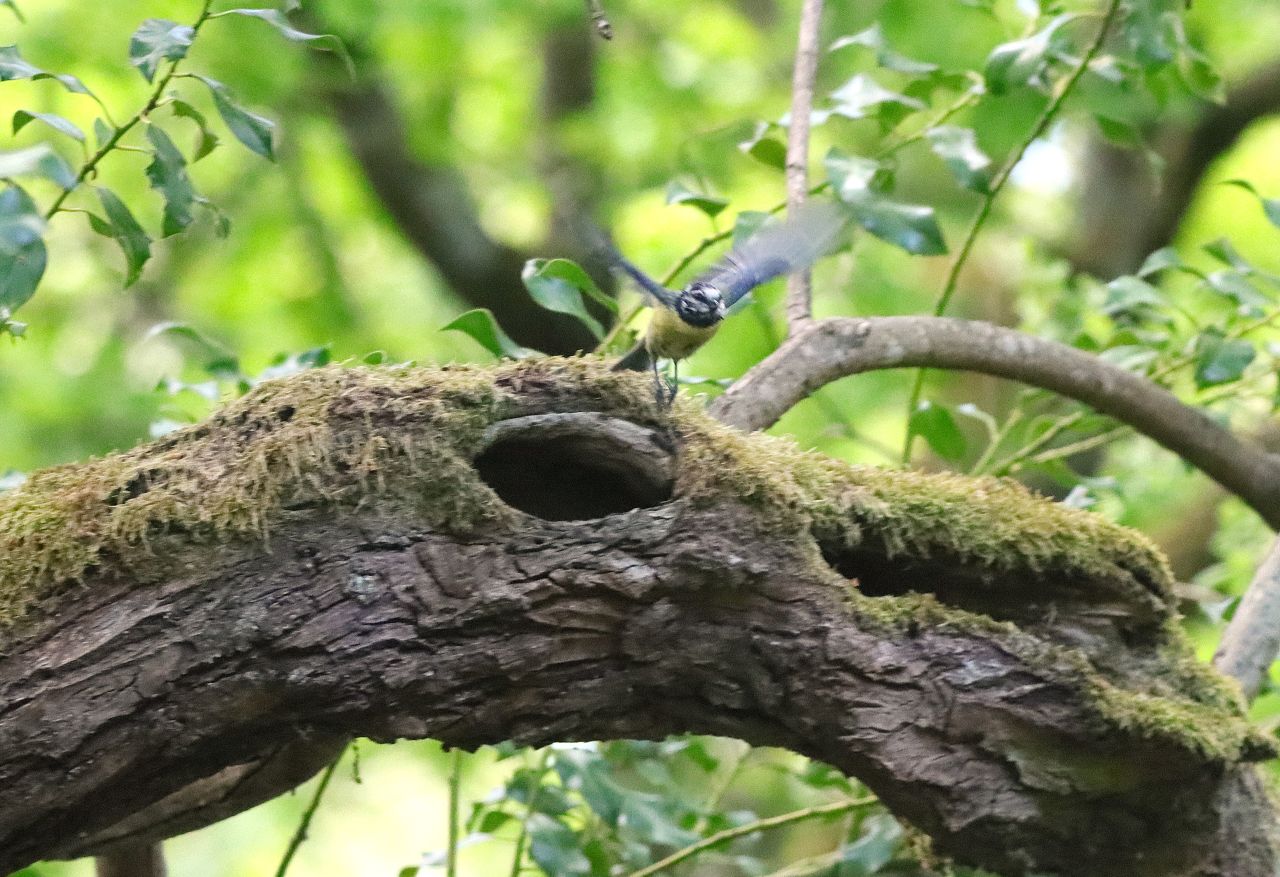
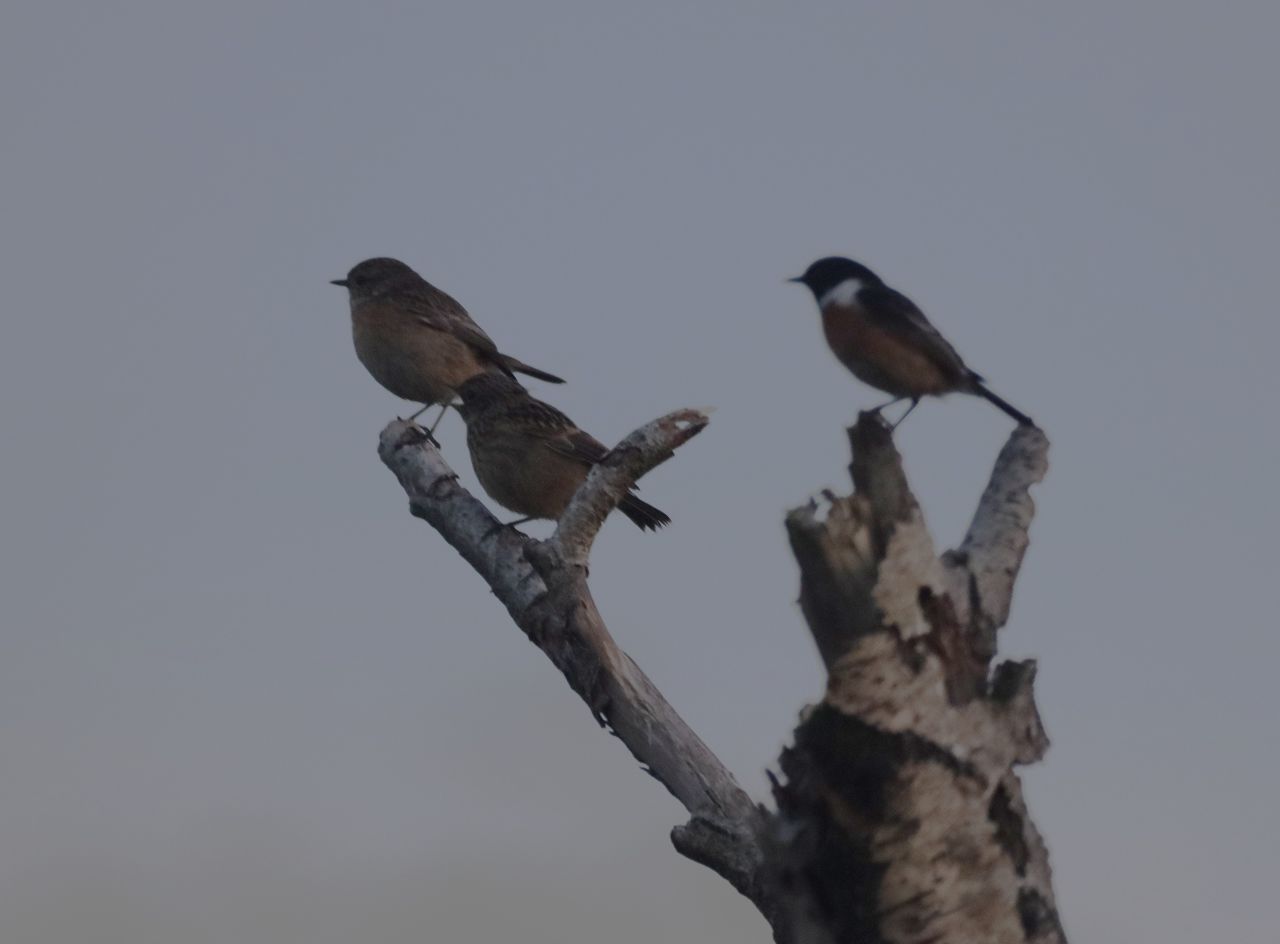

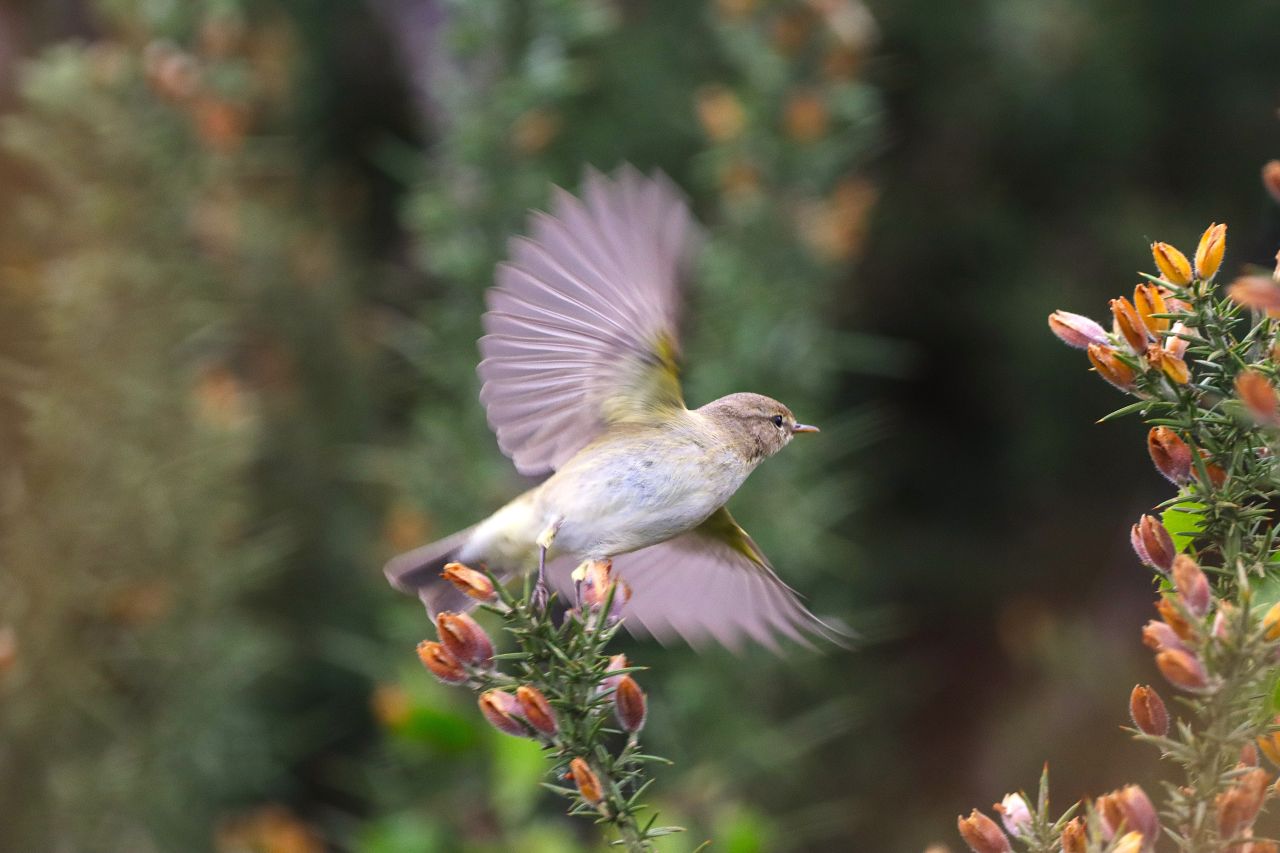
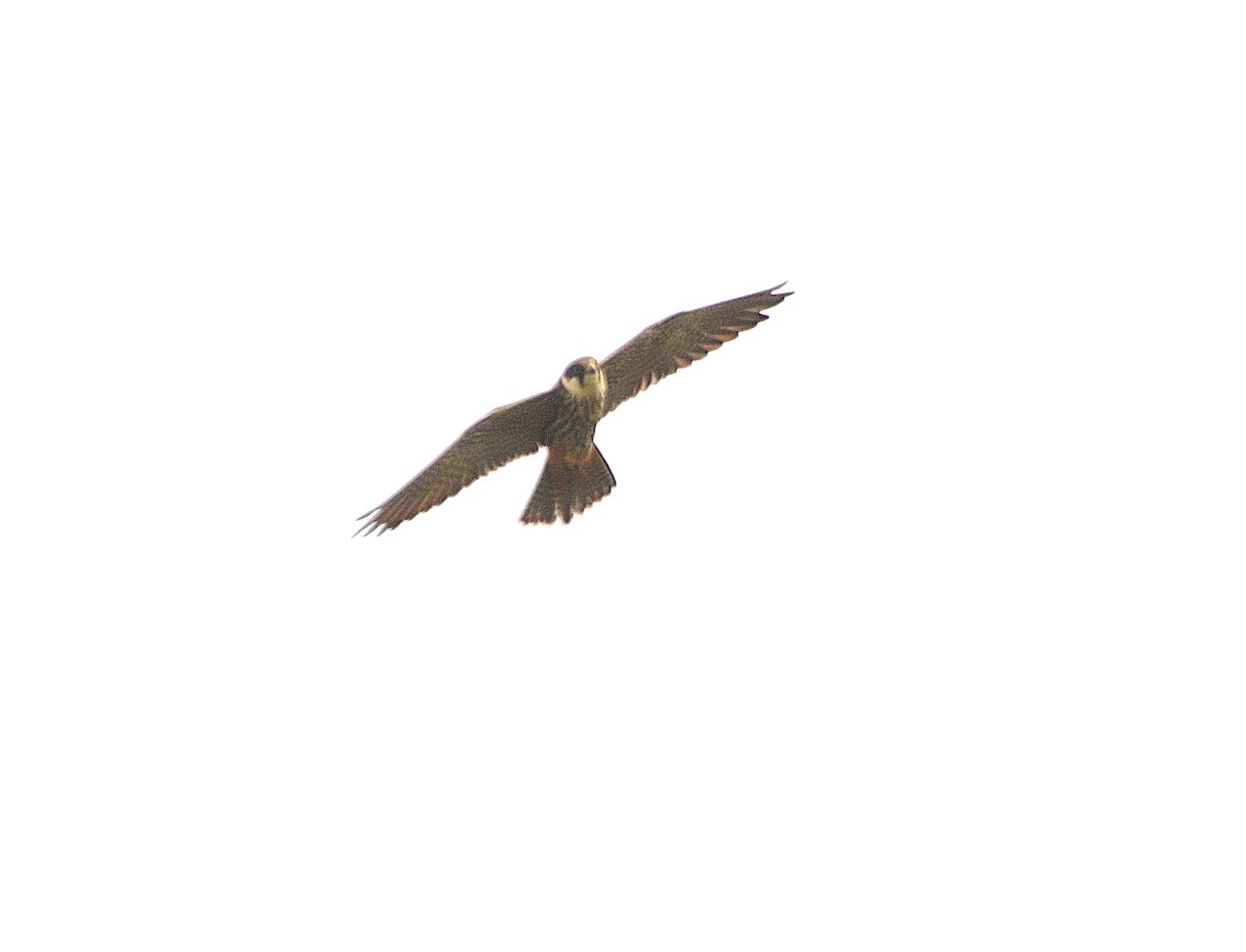

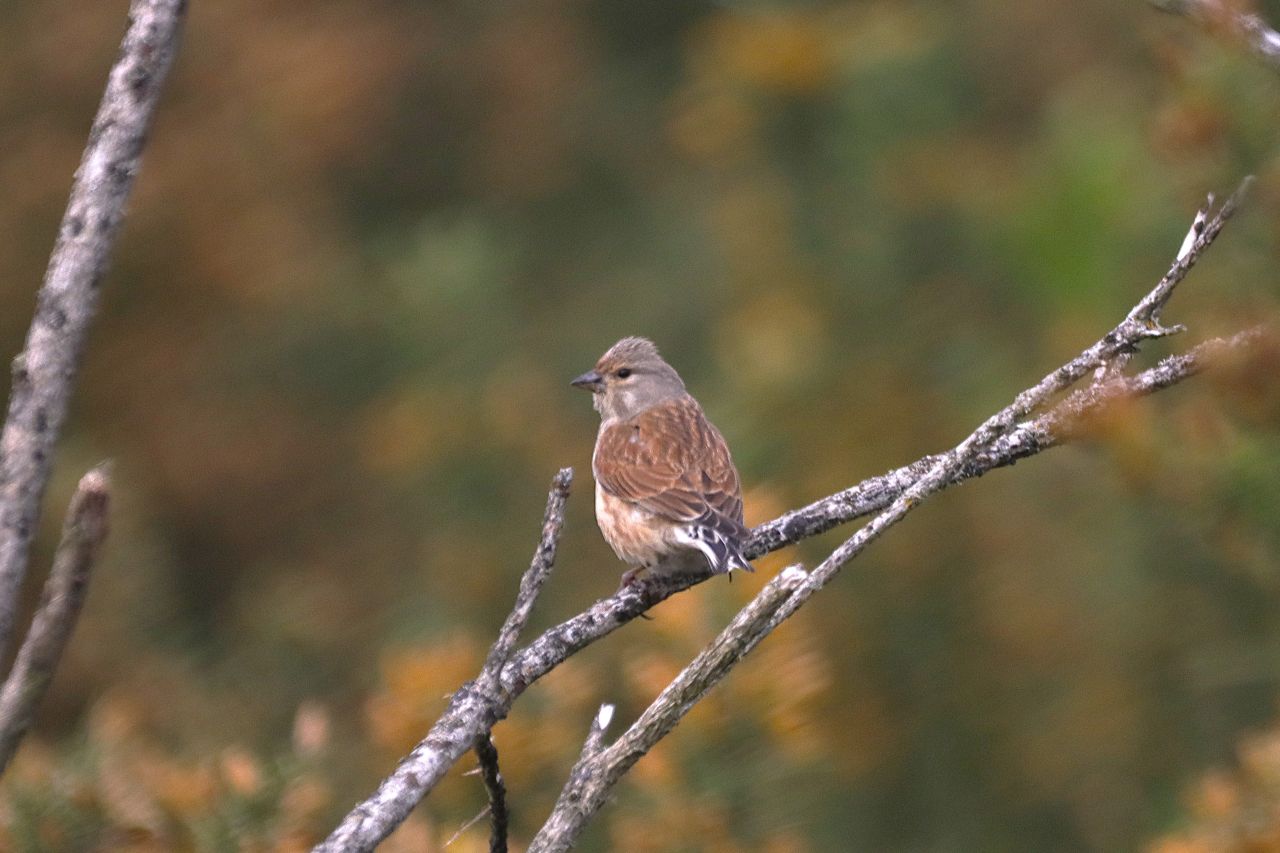
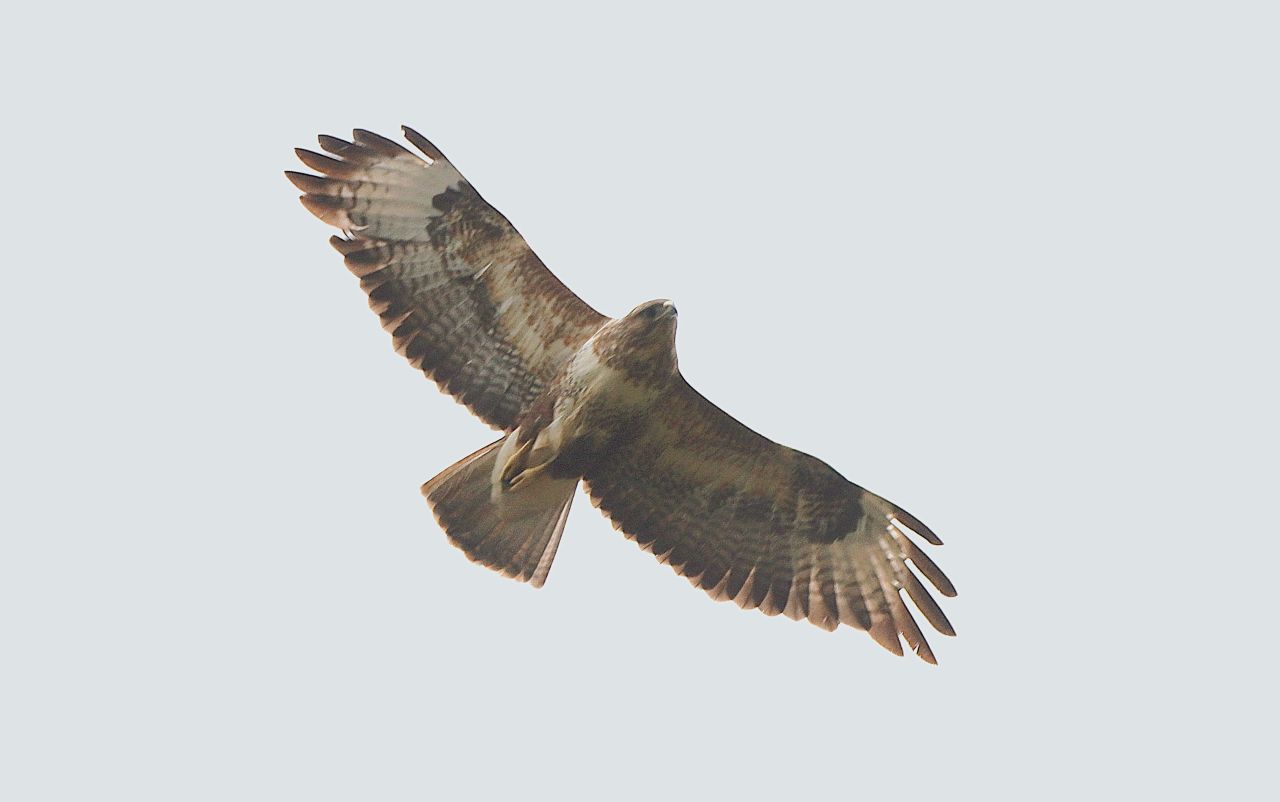
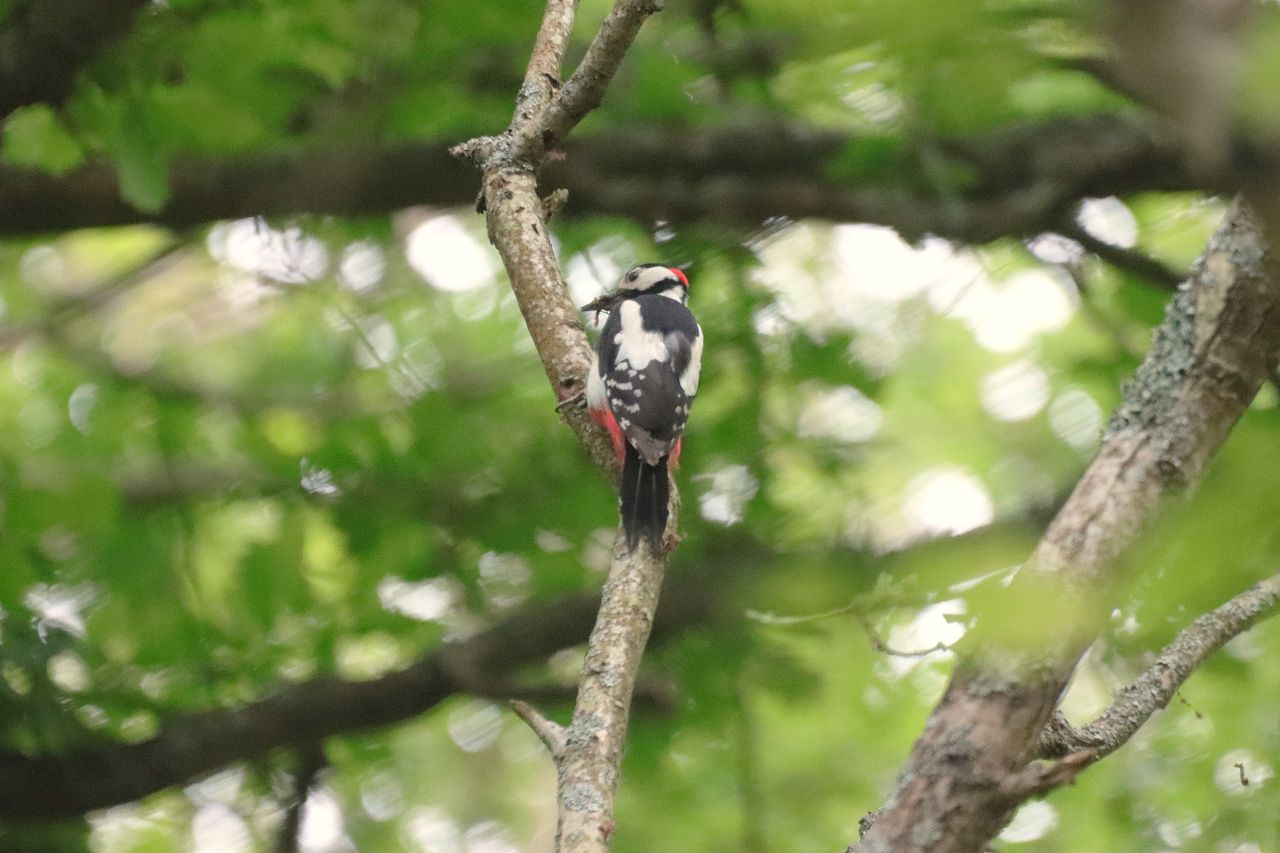
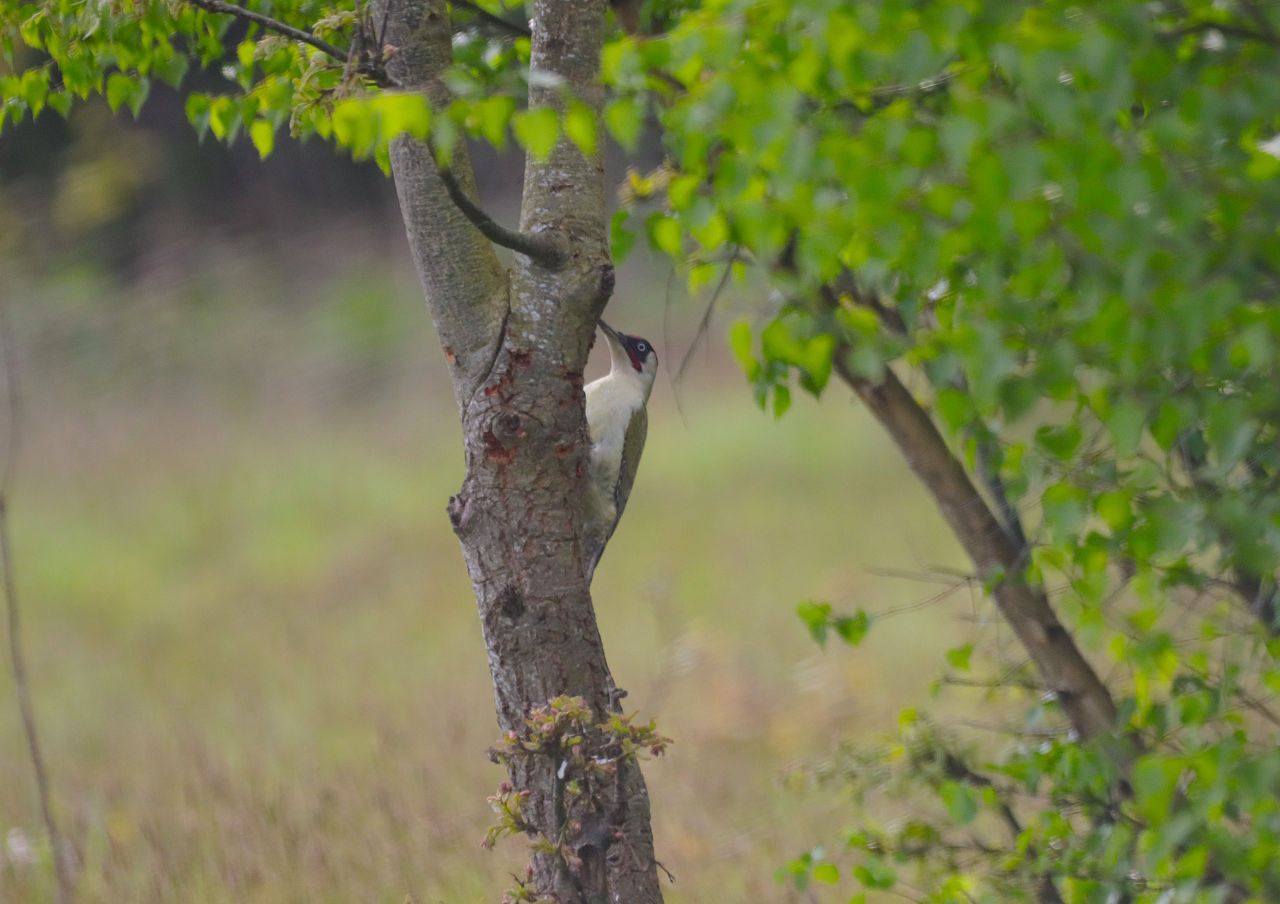
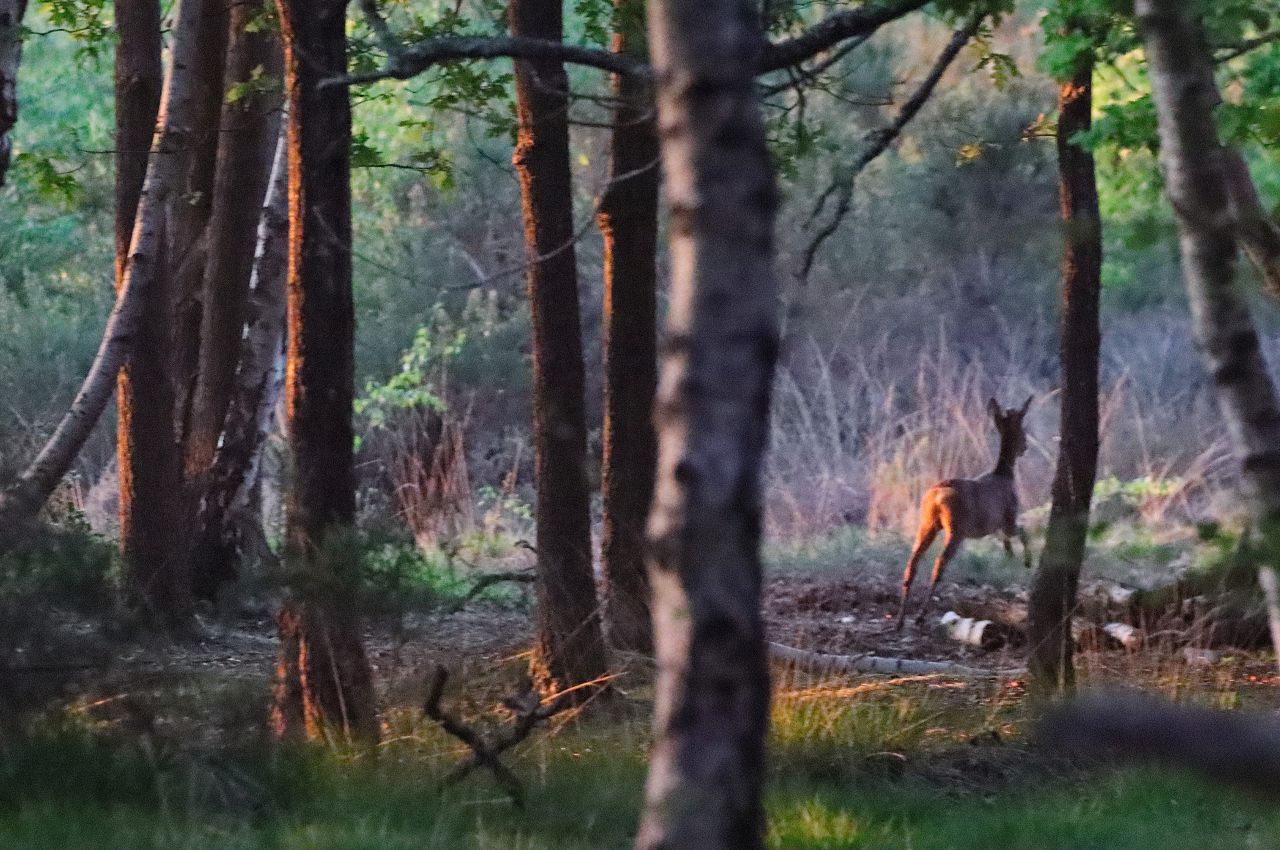
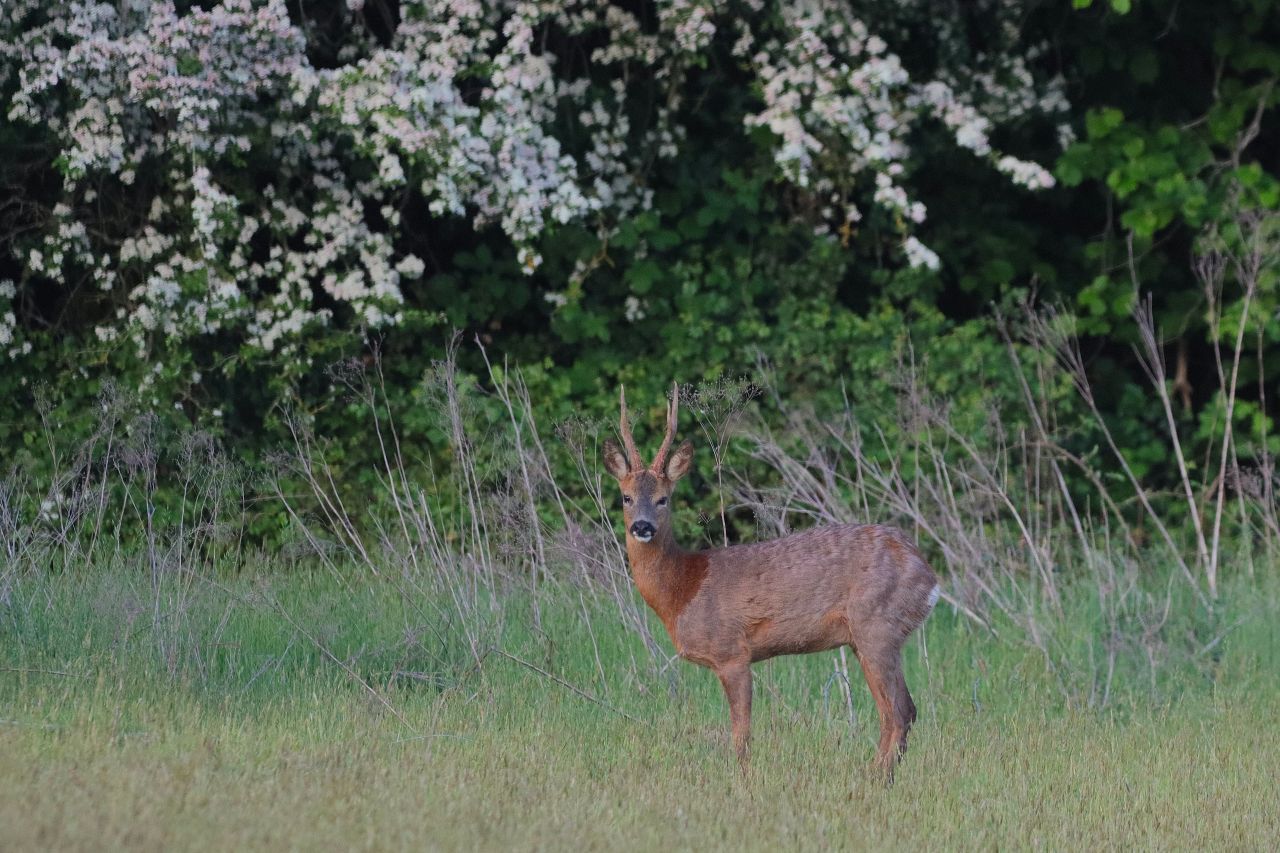
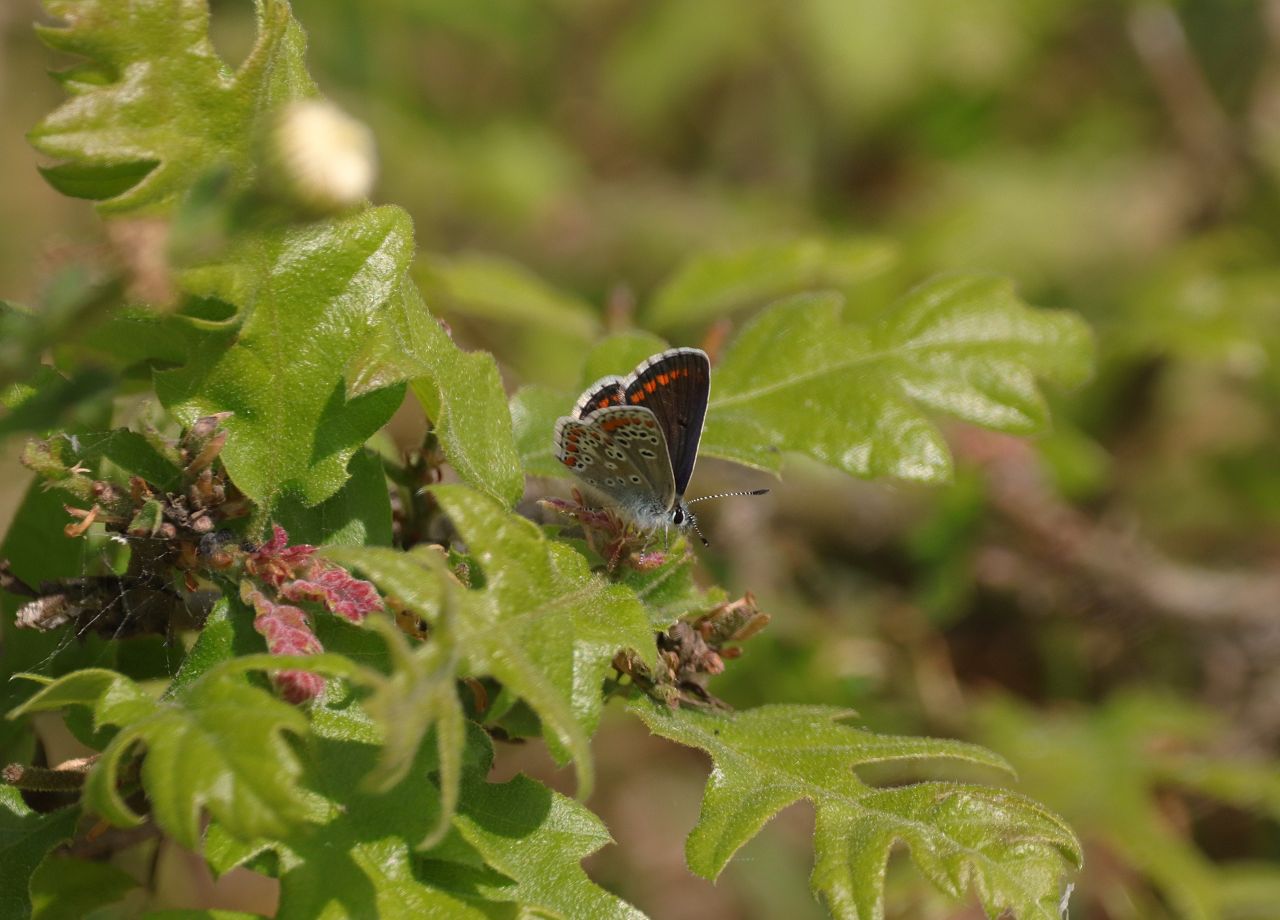

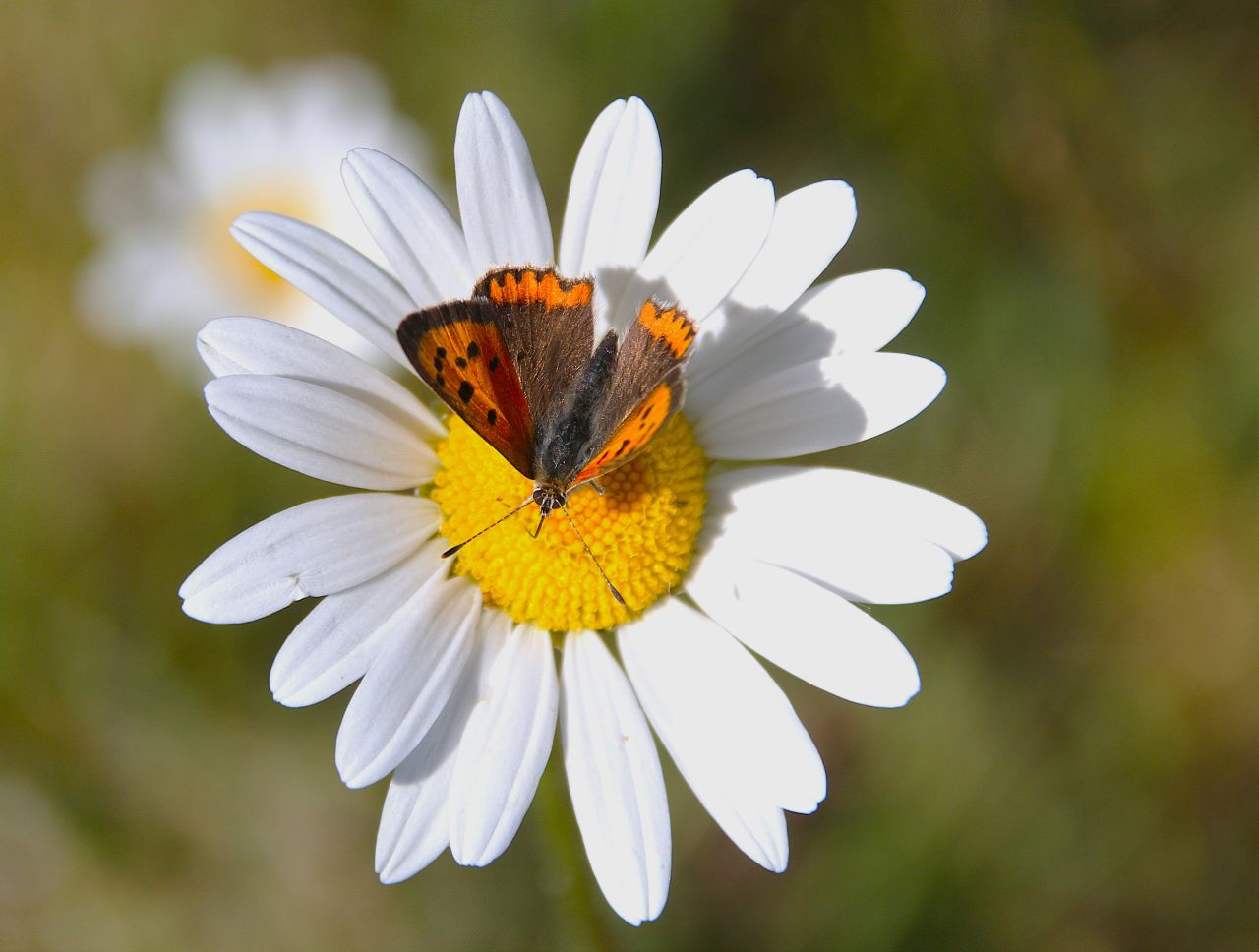
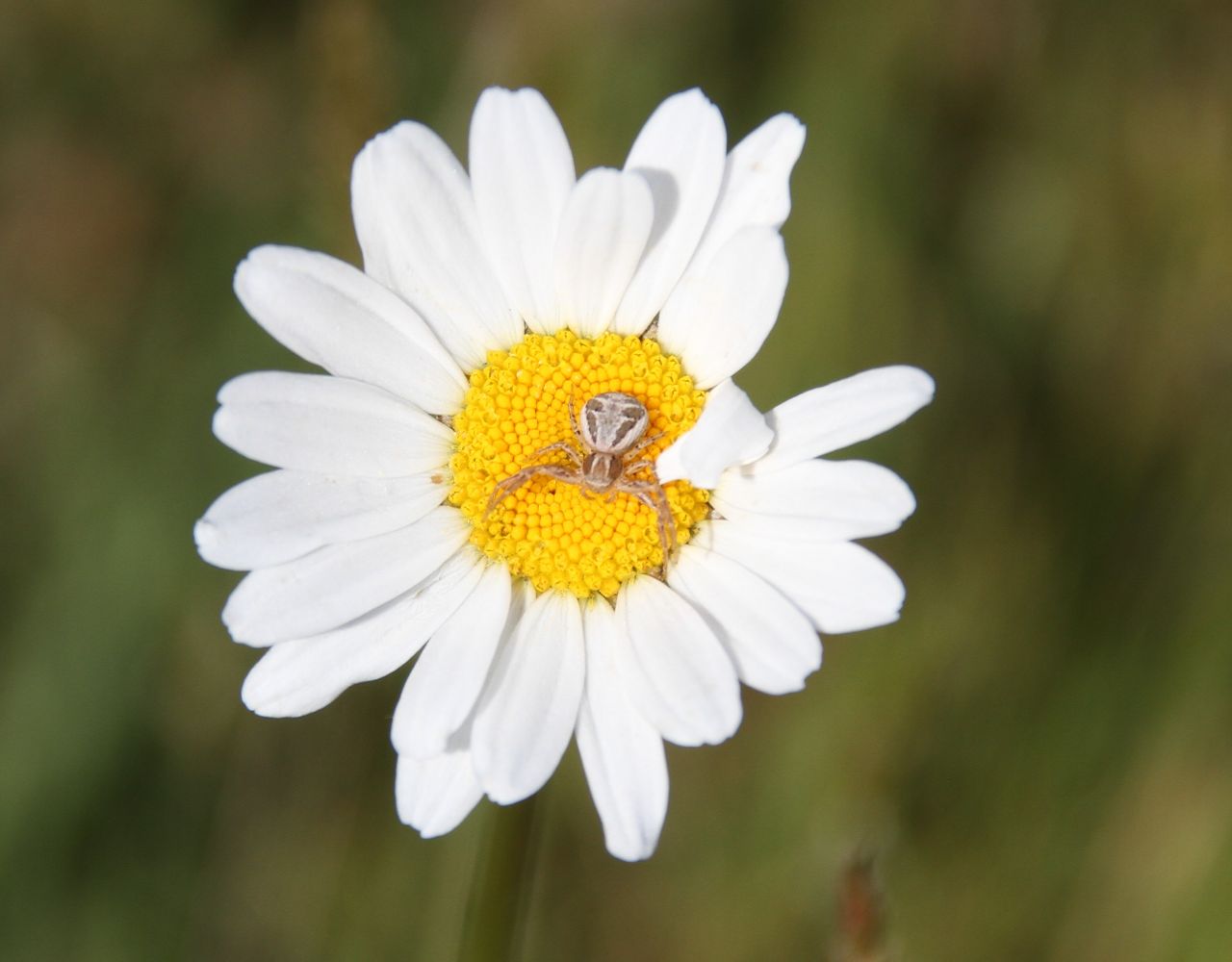


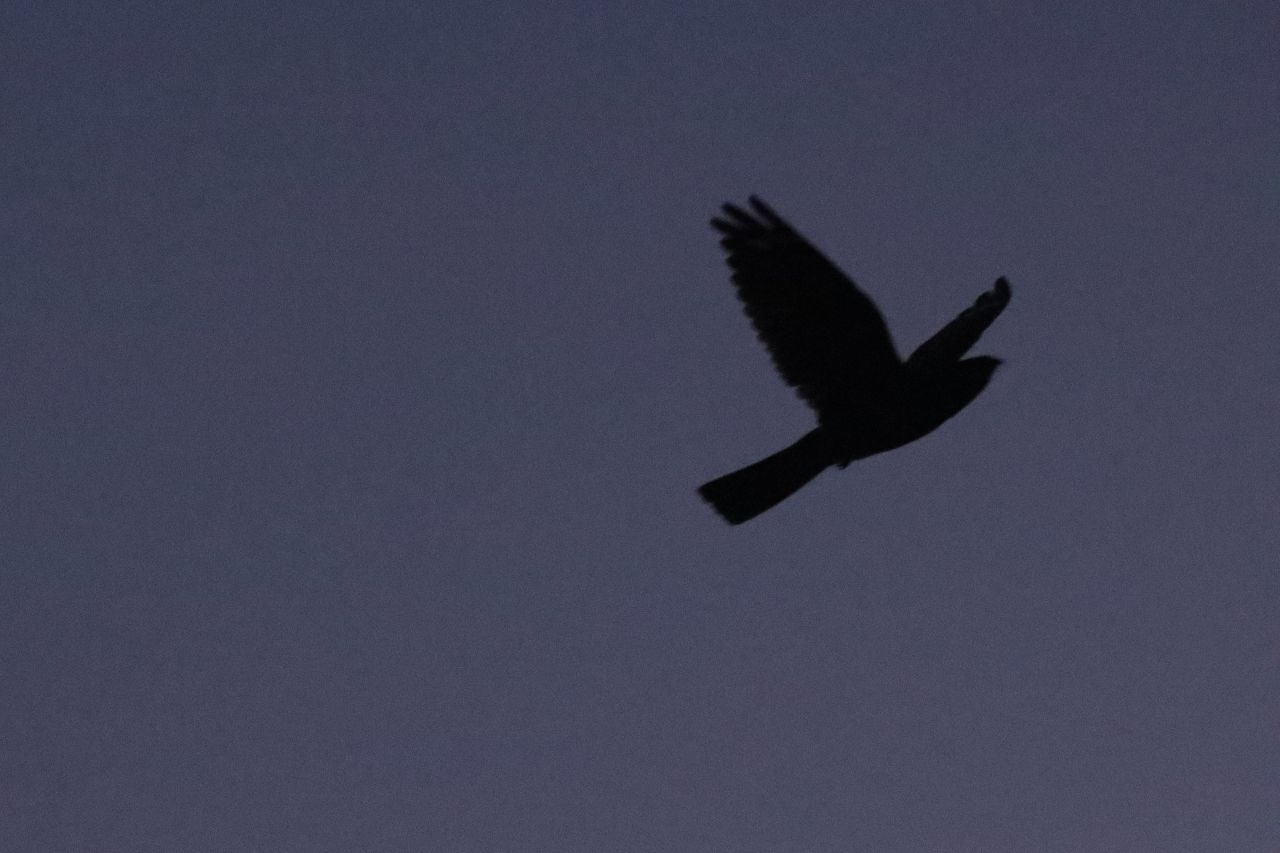
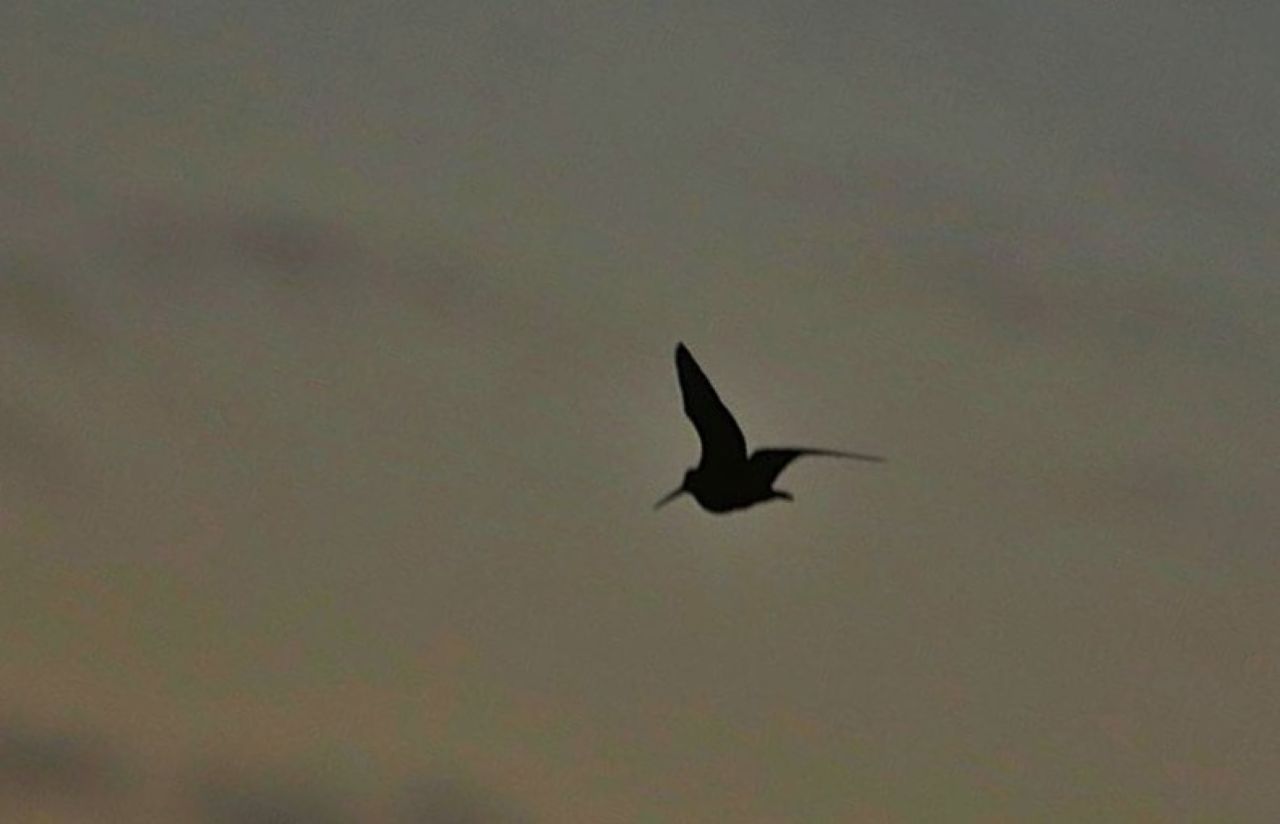
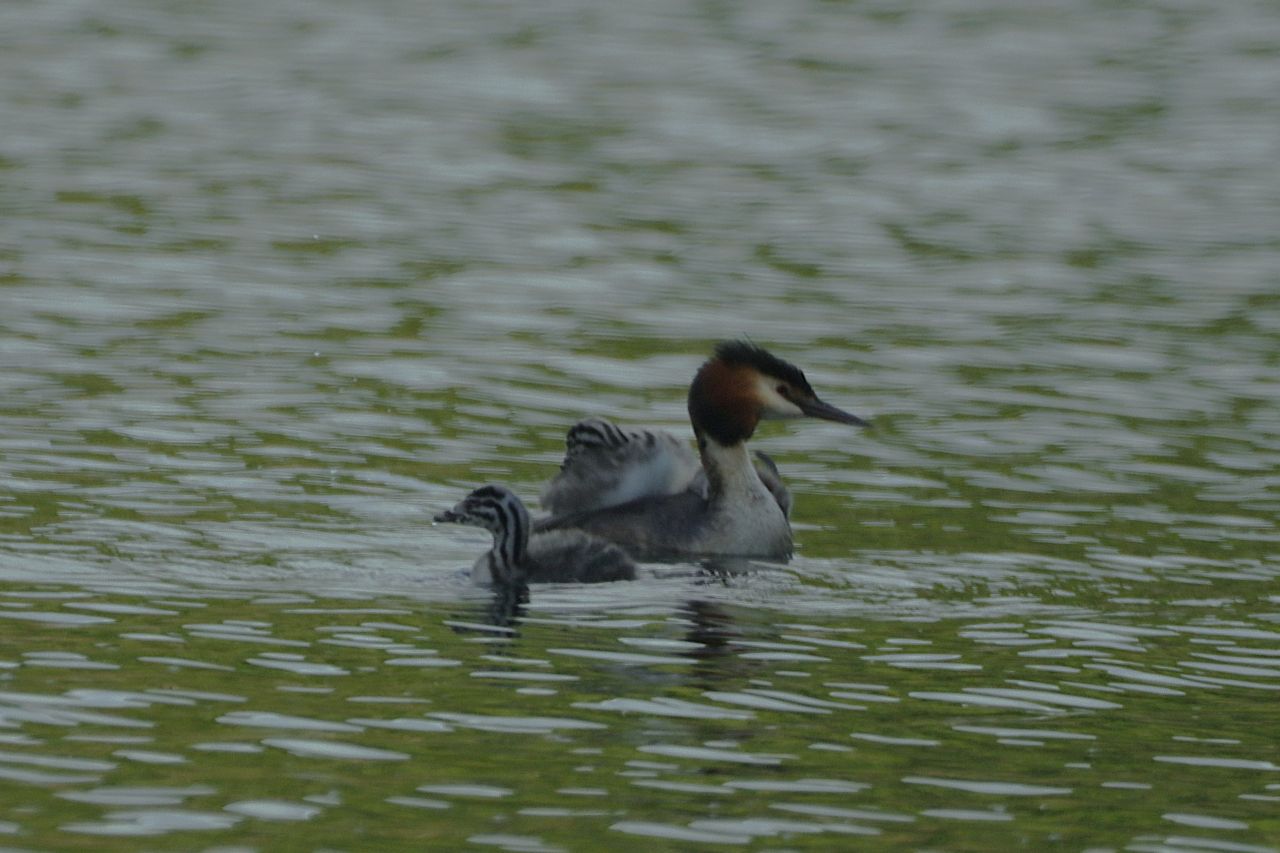

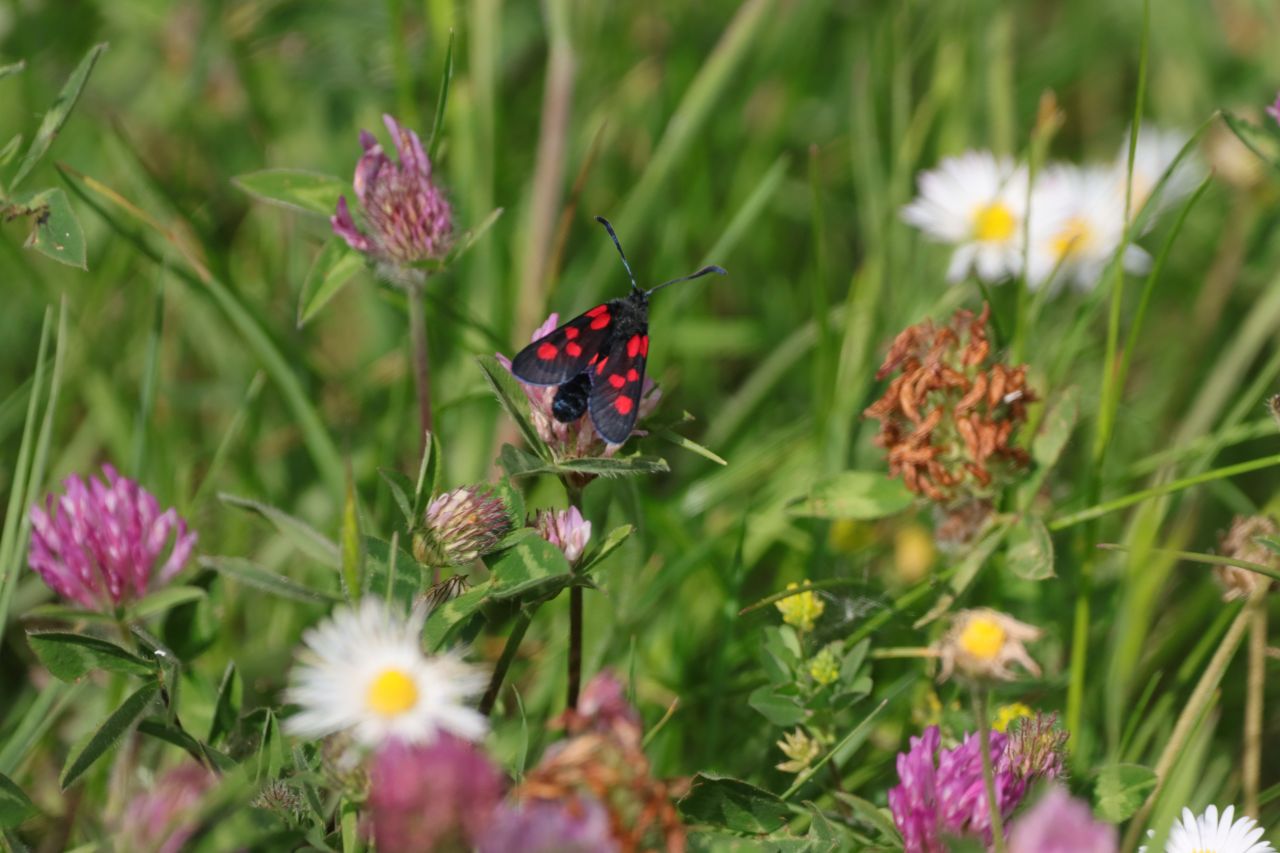
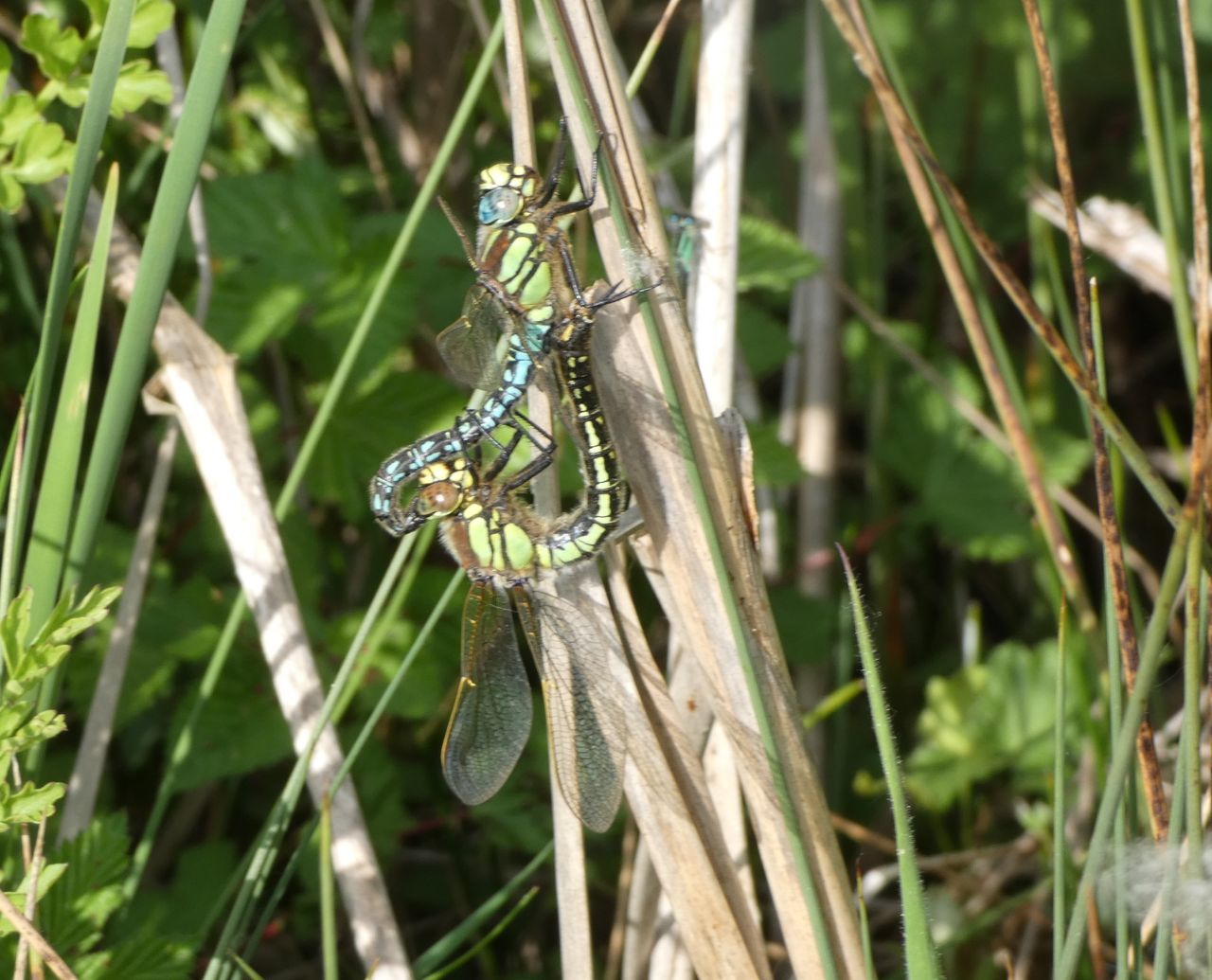
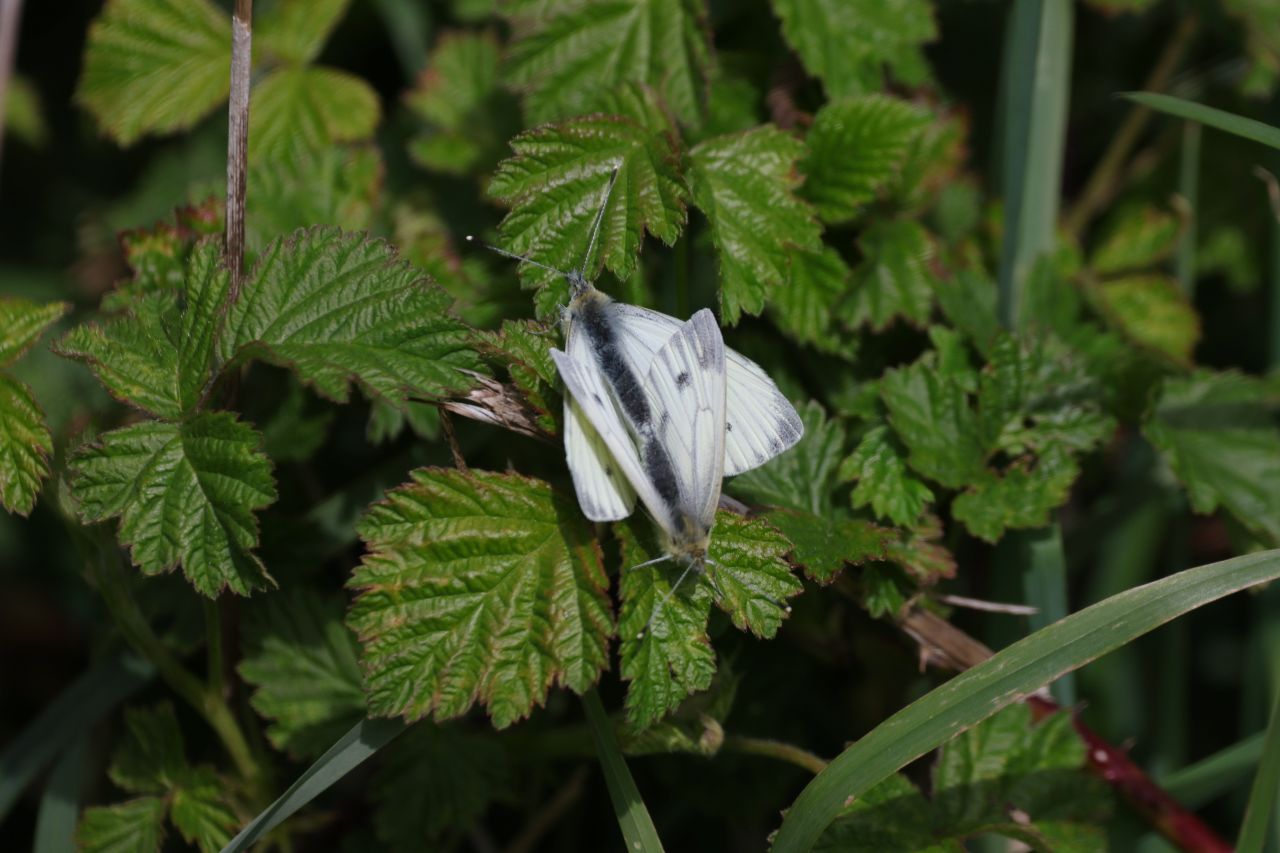
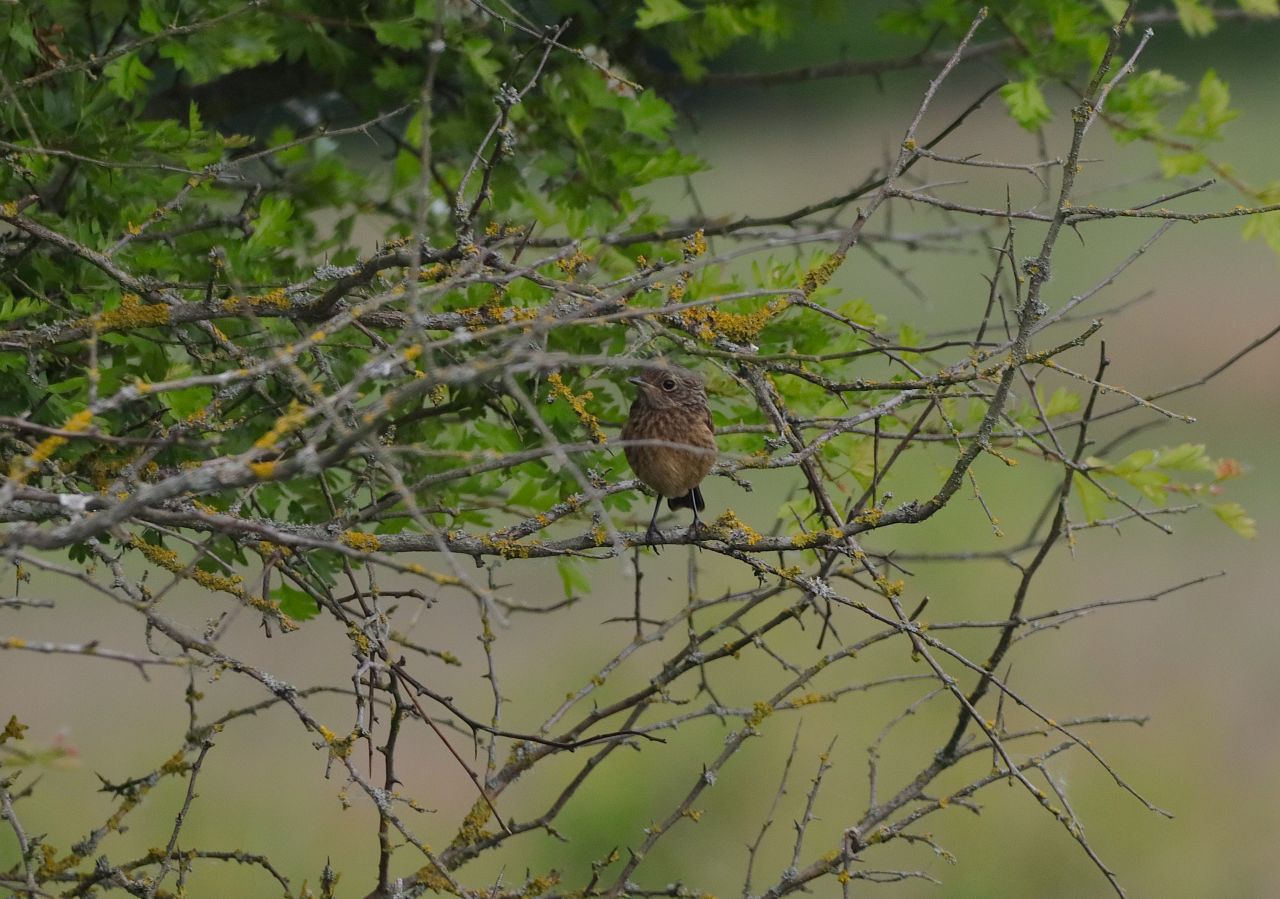
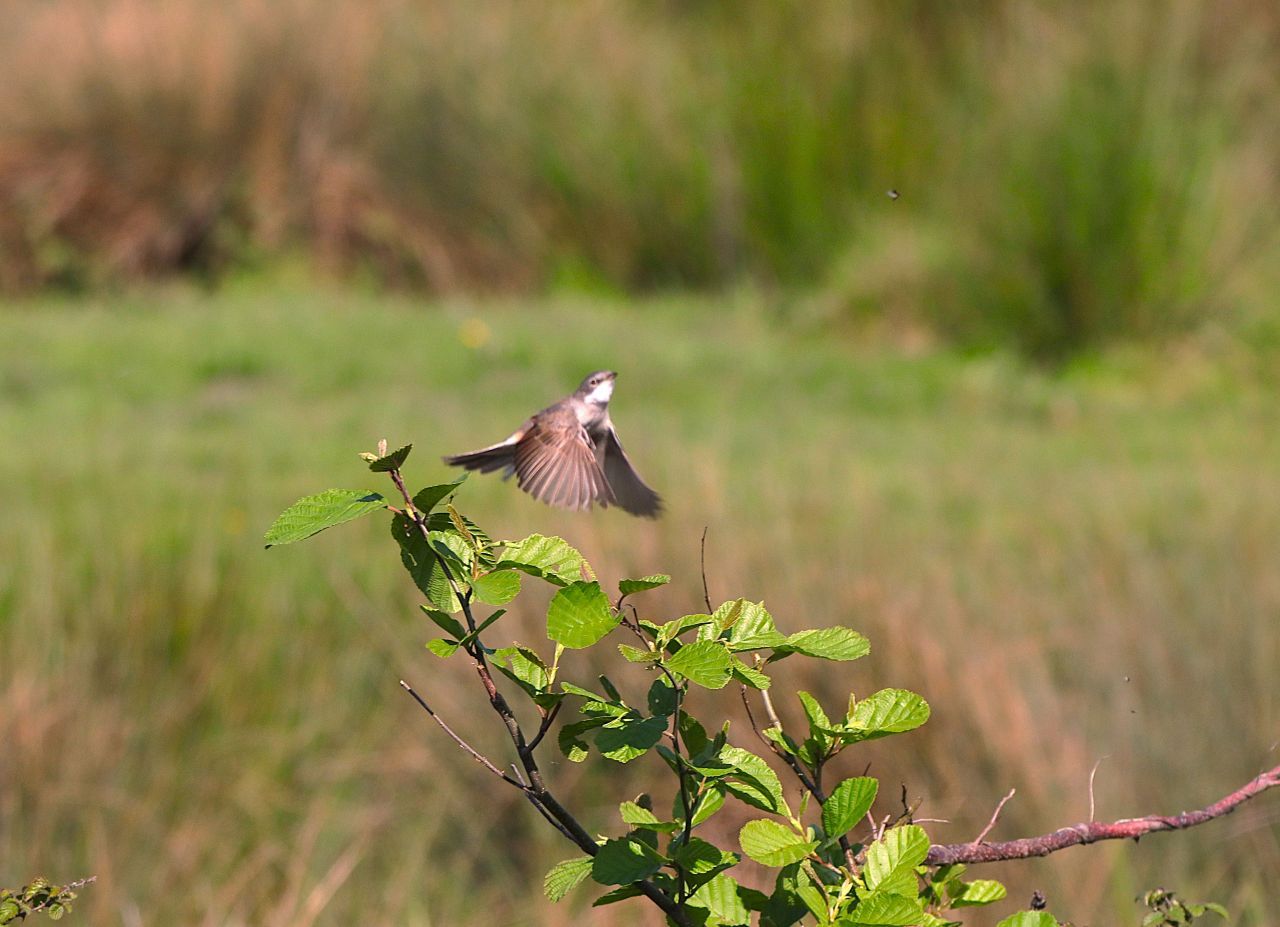


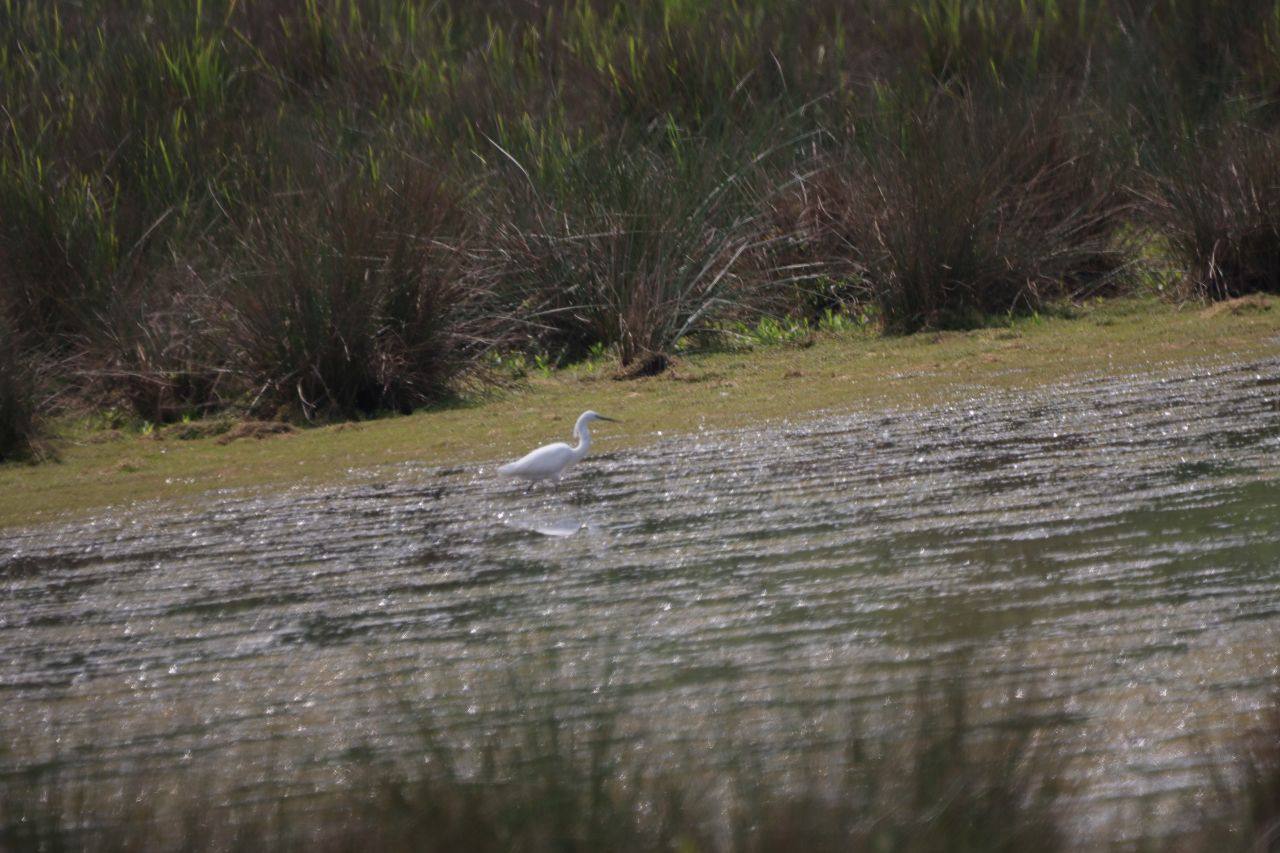
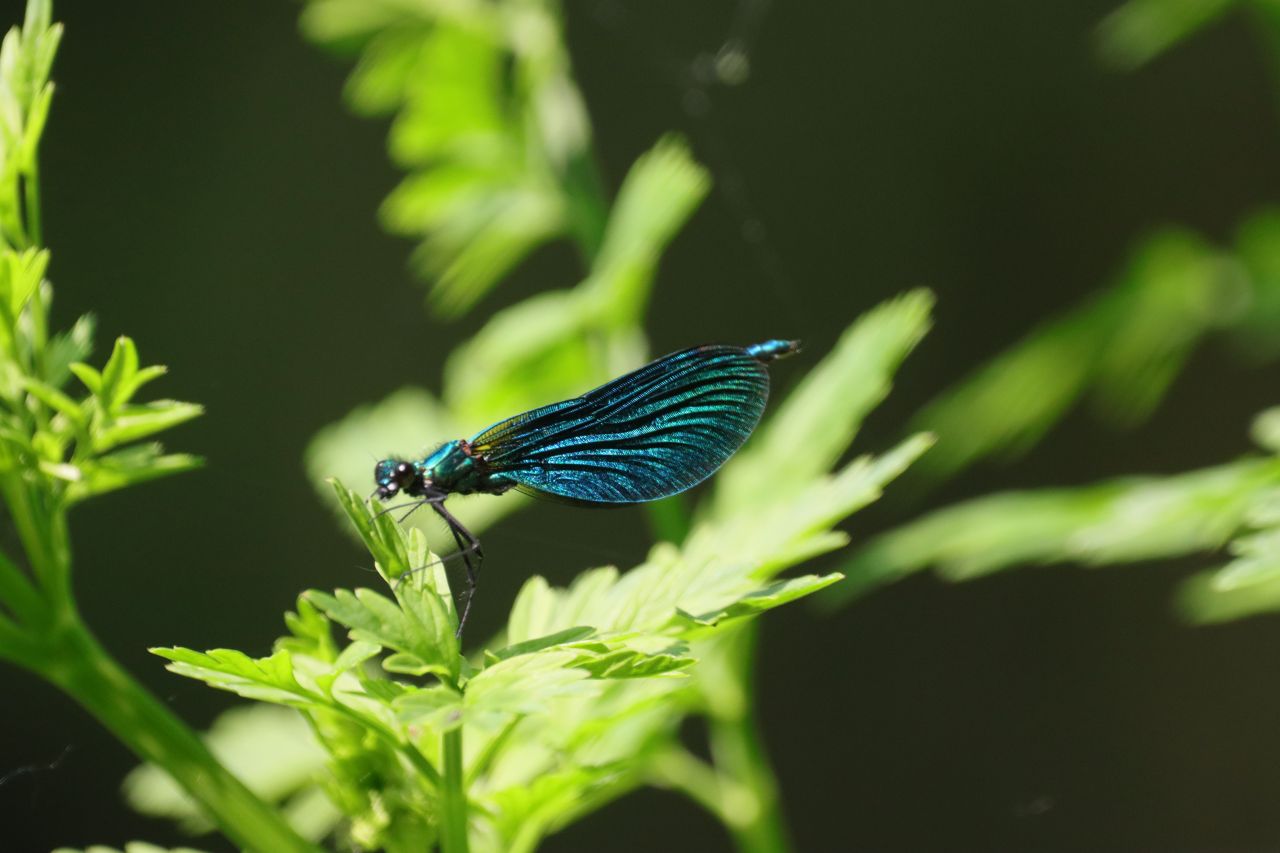
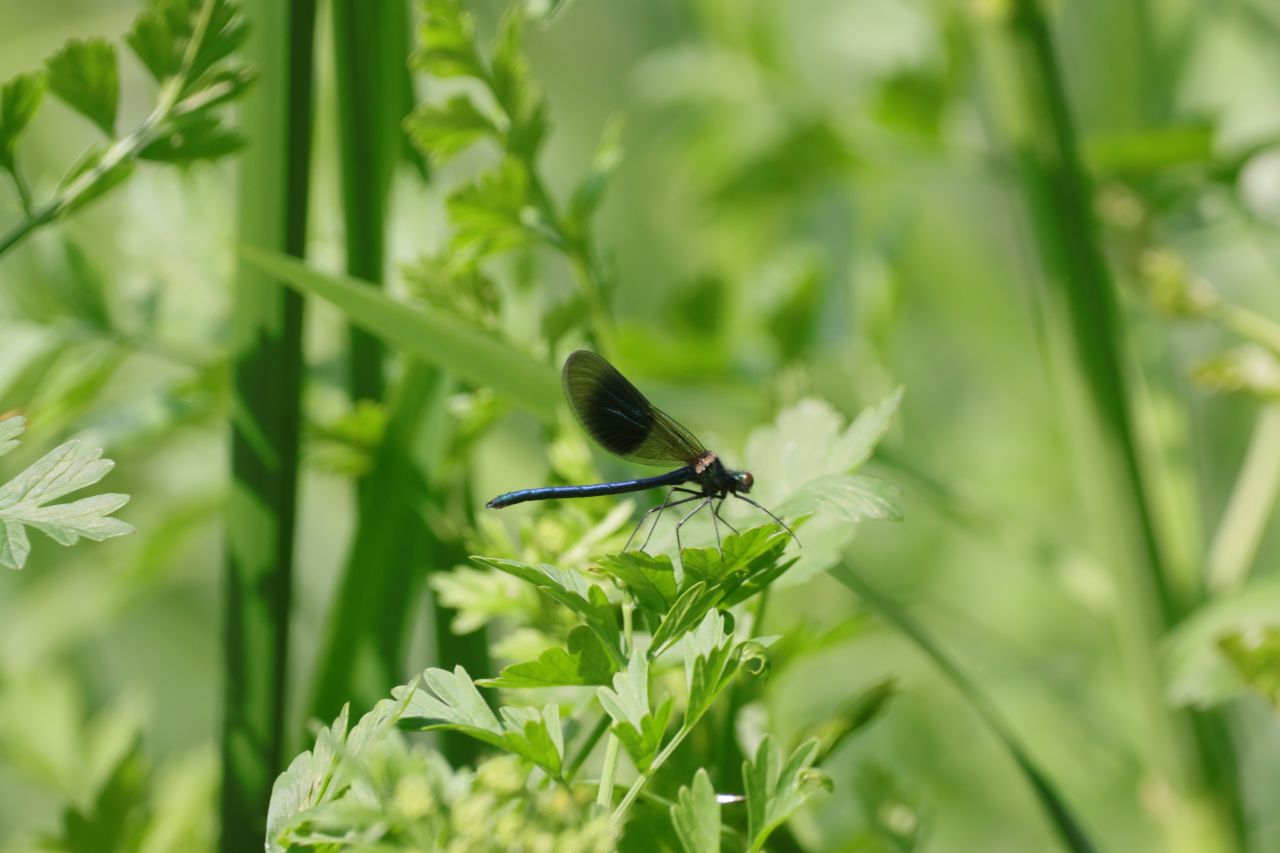
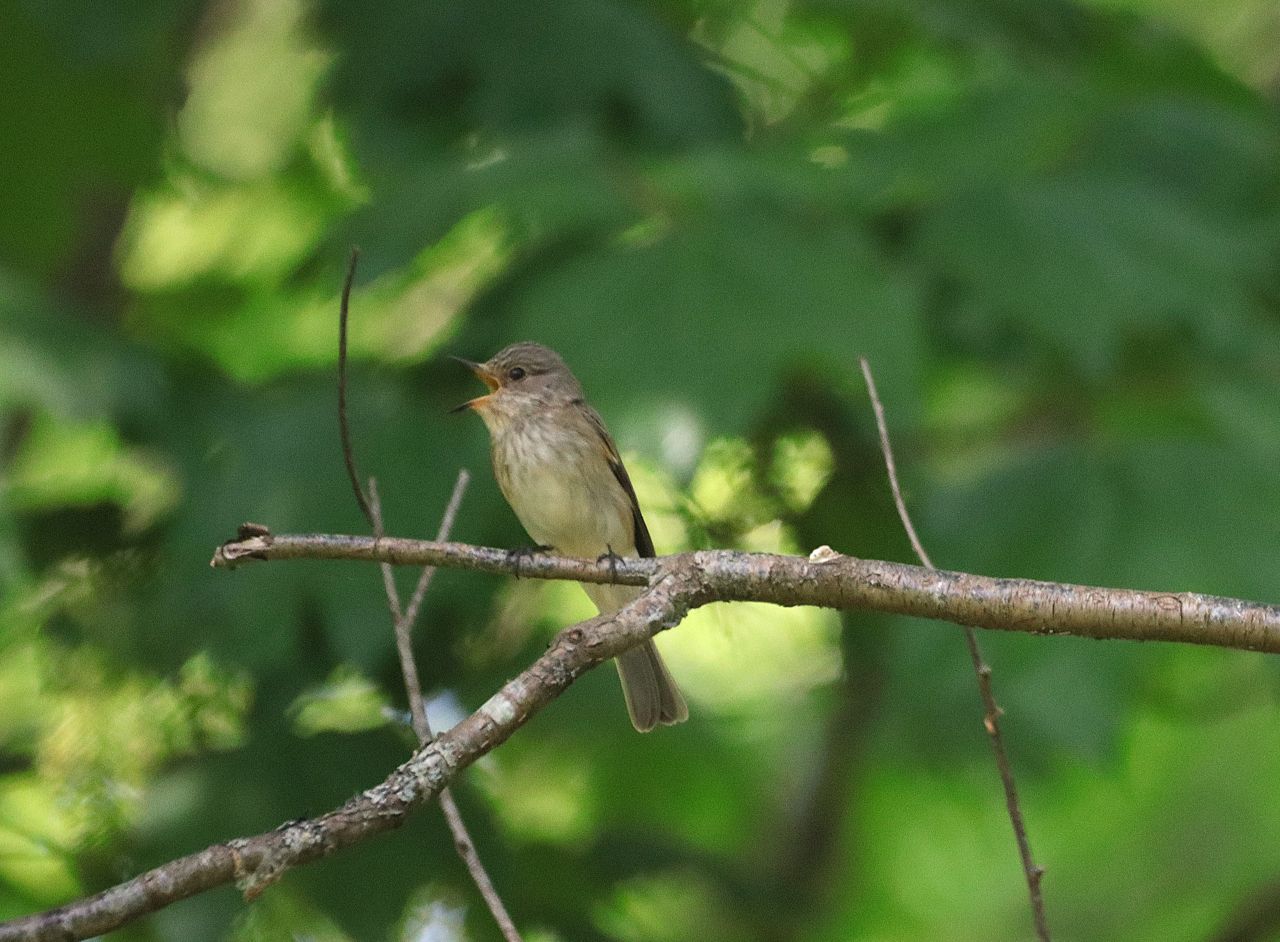
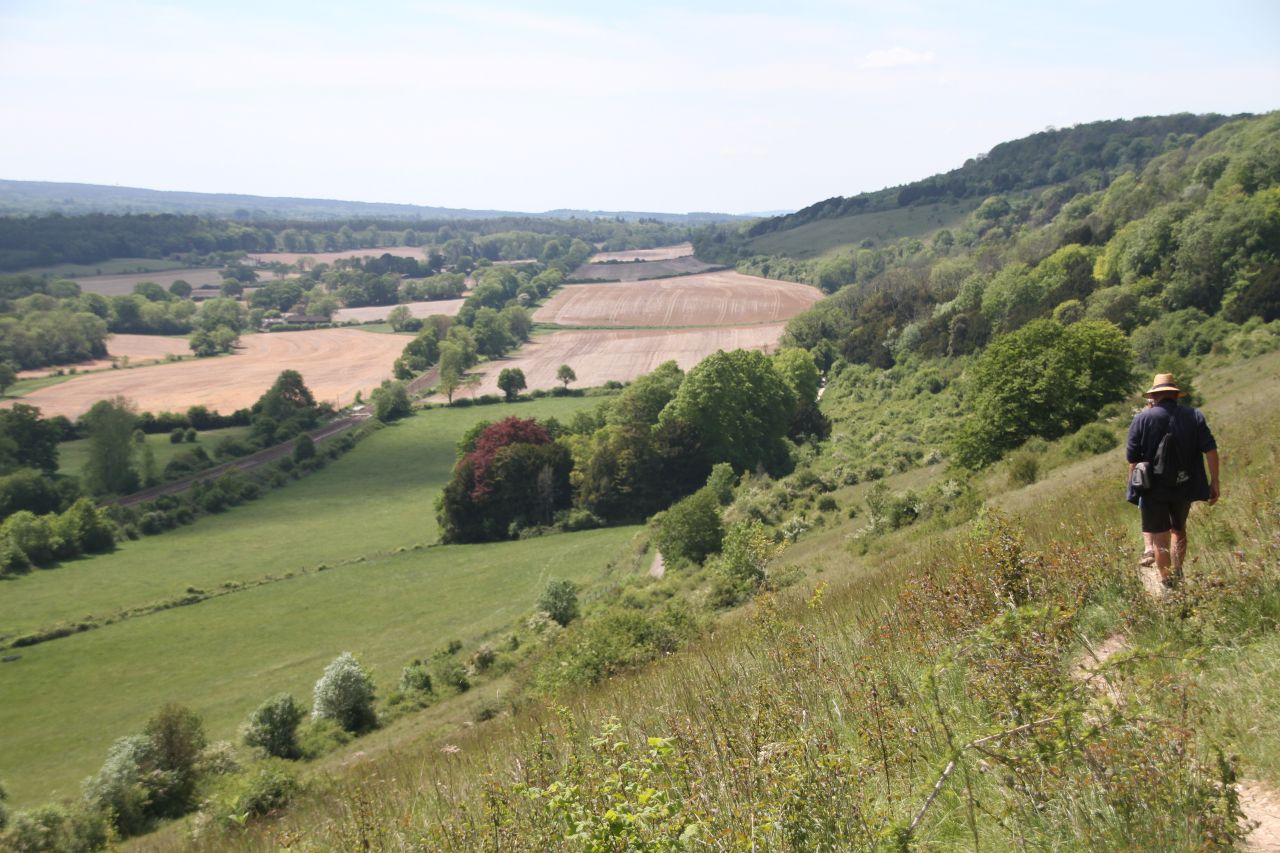
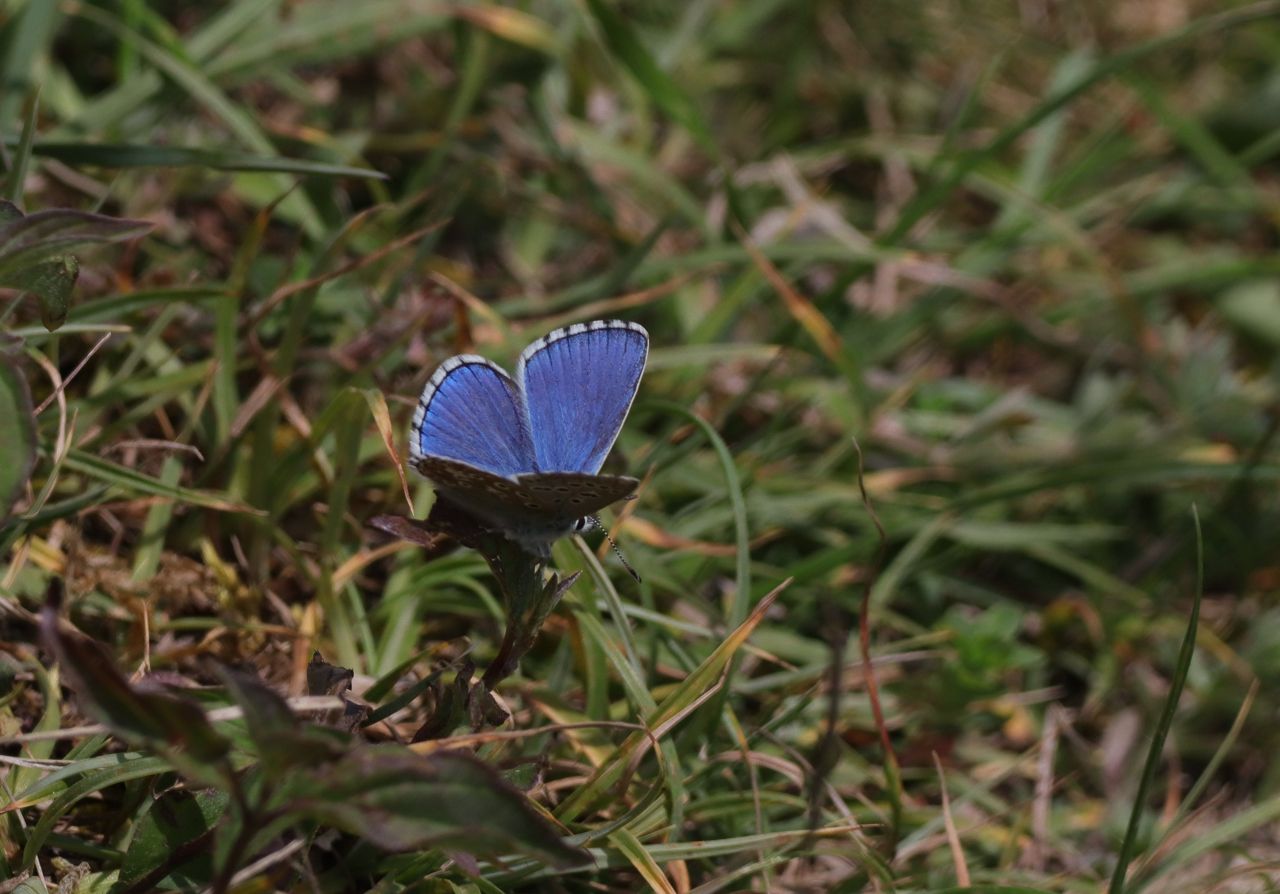

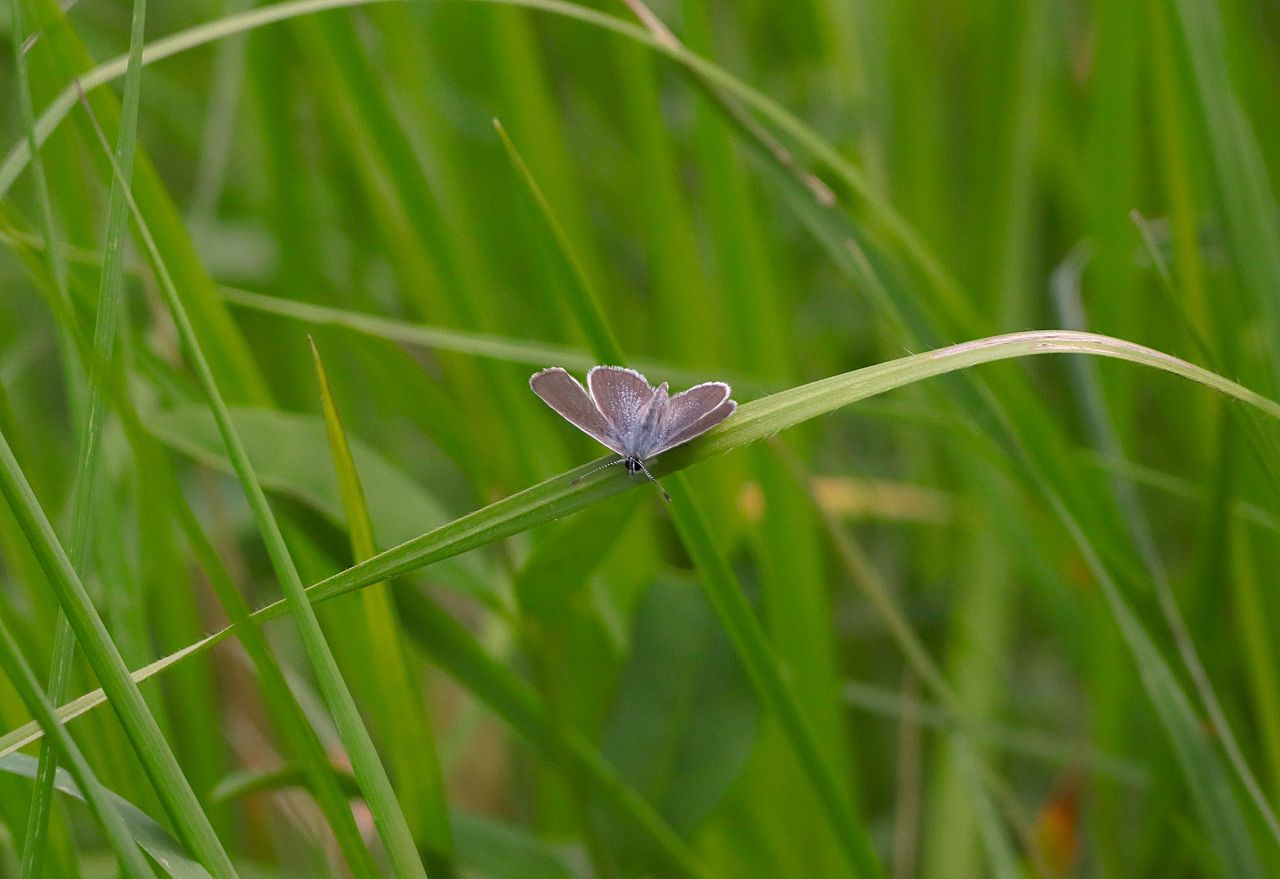








Susan Smith
May 17, 2025 at 5:54 pm
Some excellent pictures for all to enjoy. Well done 👏🏼